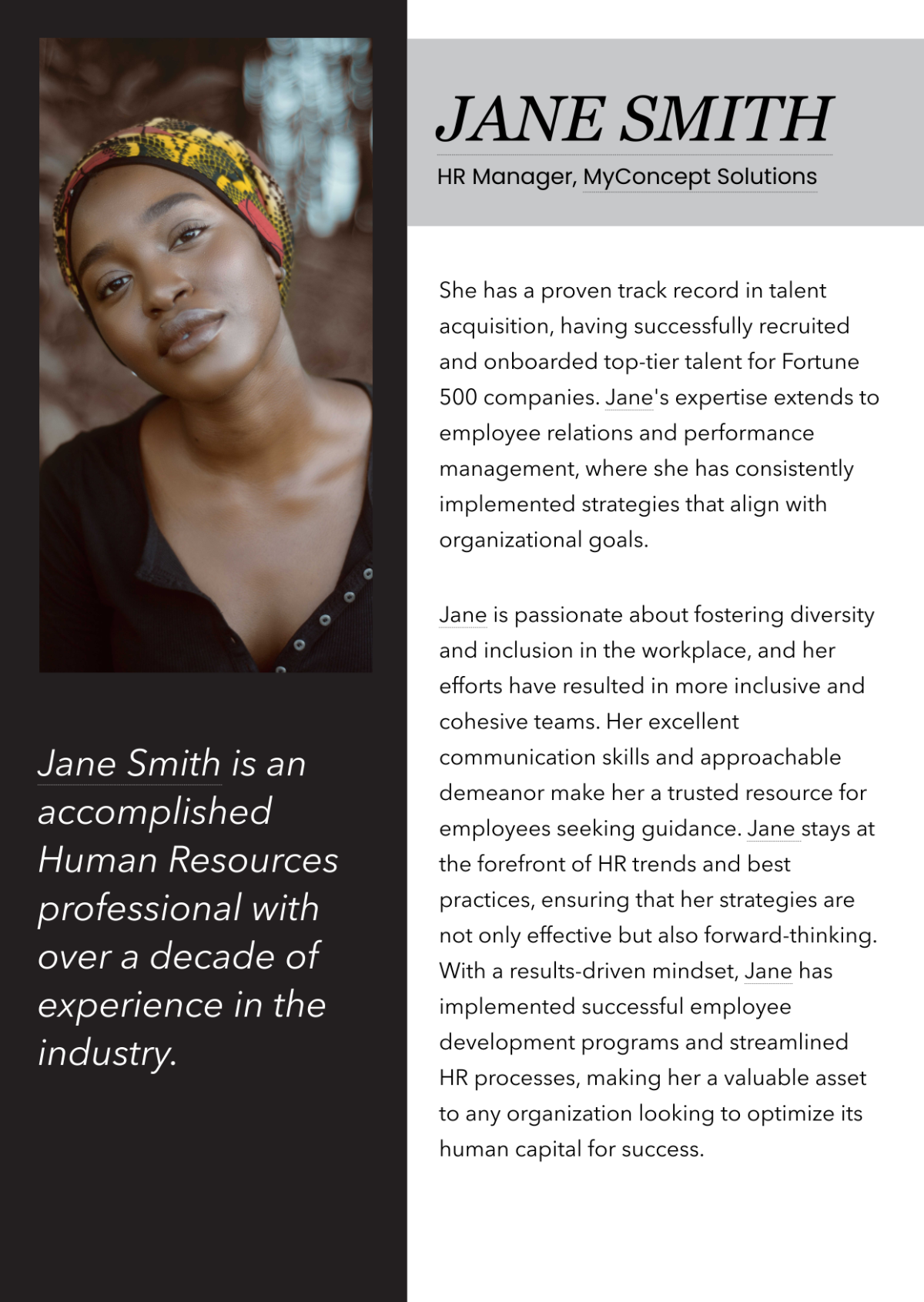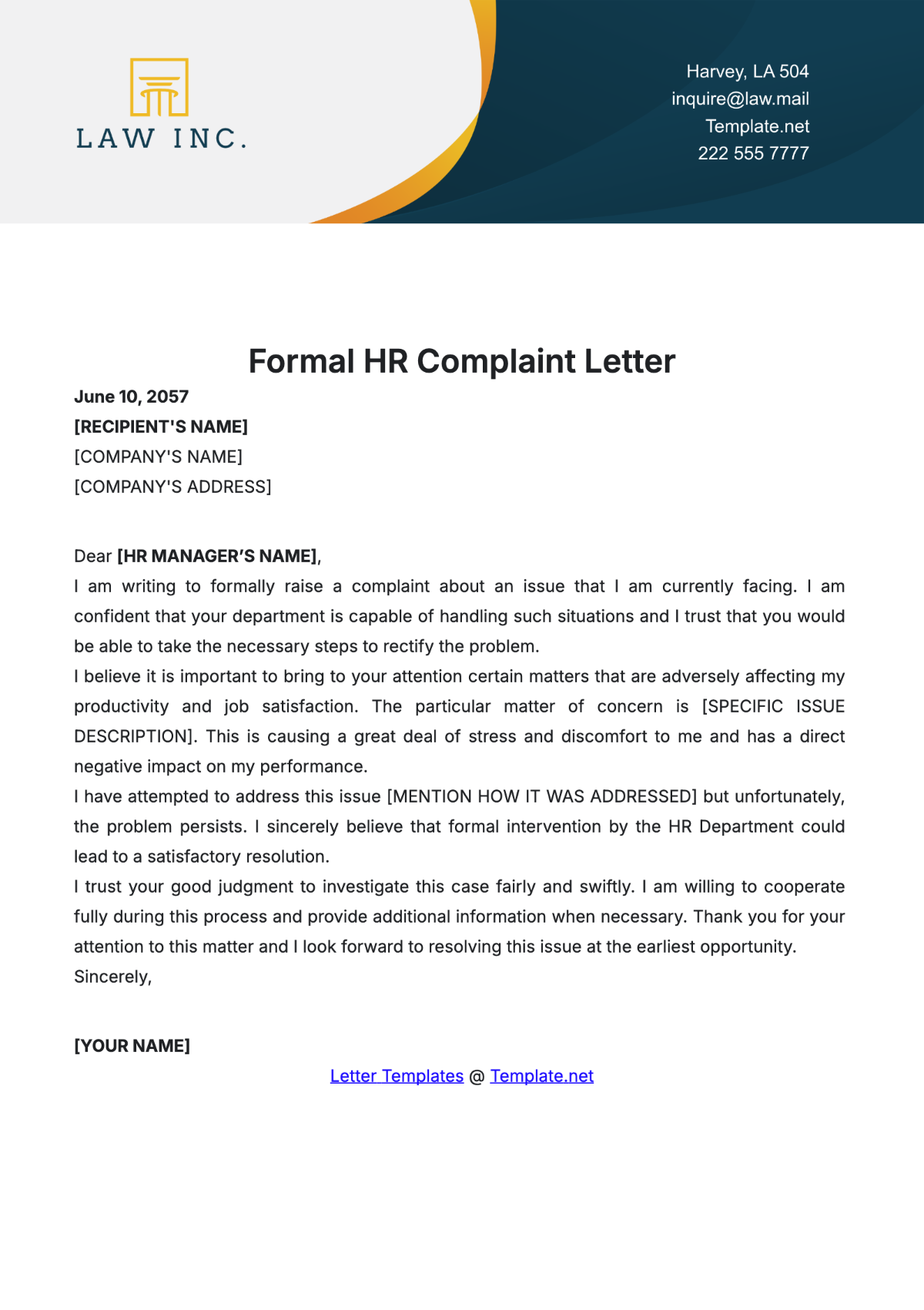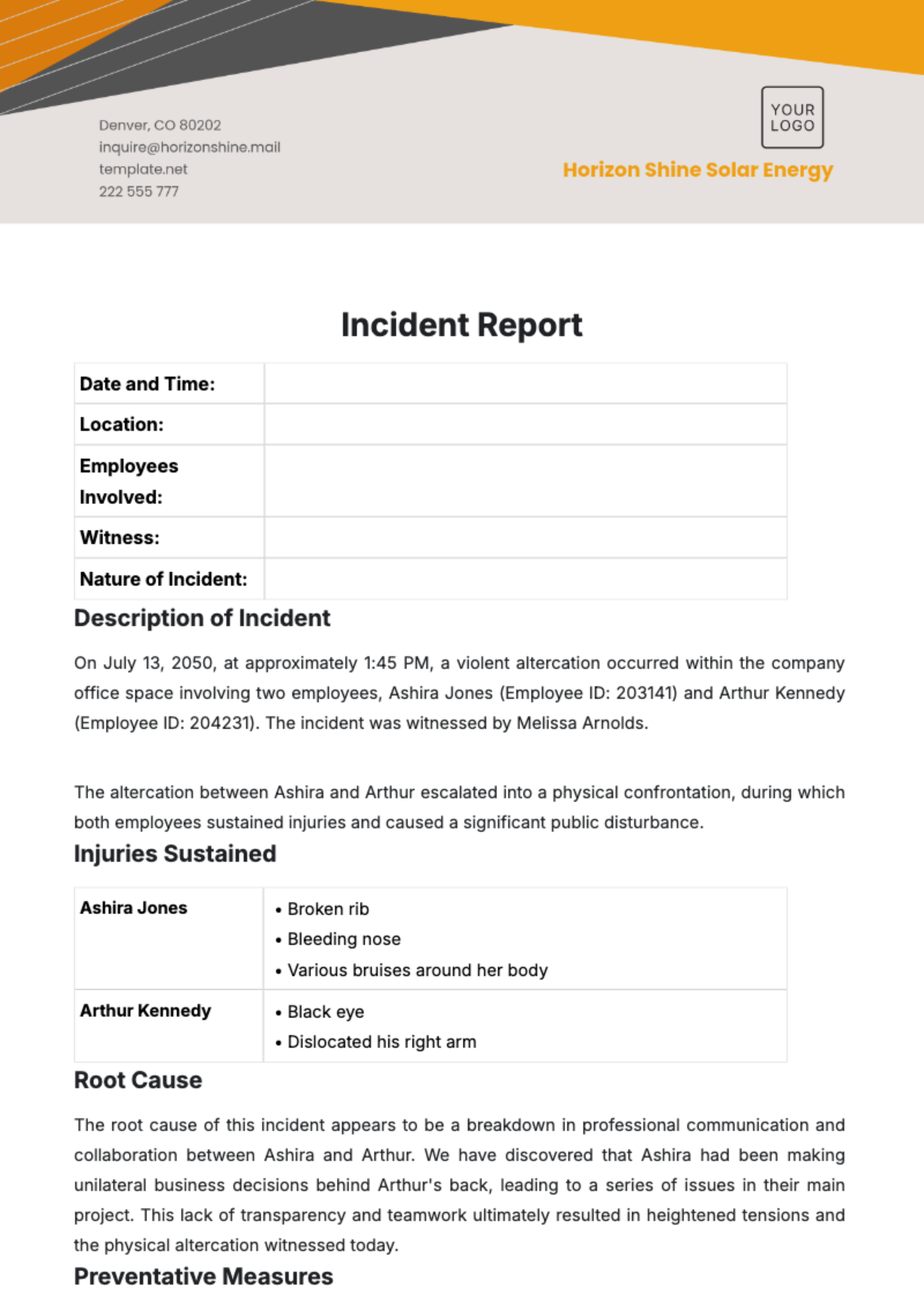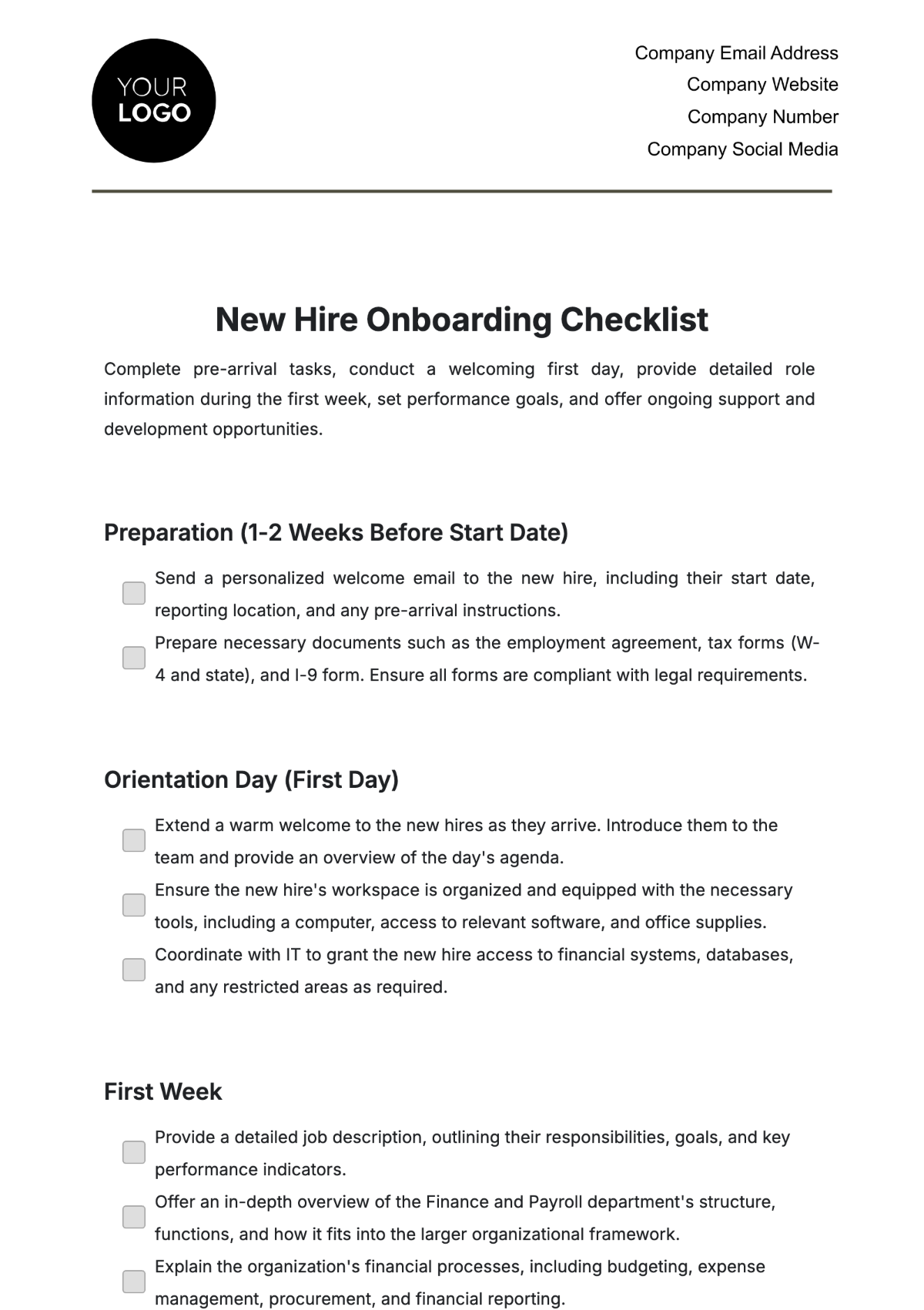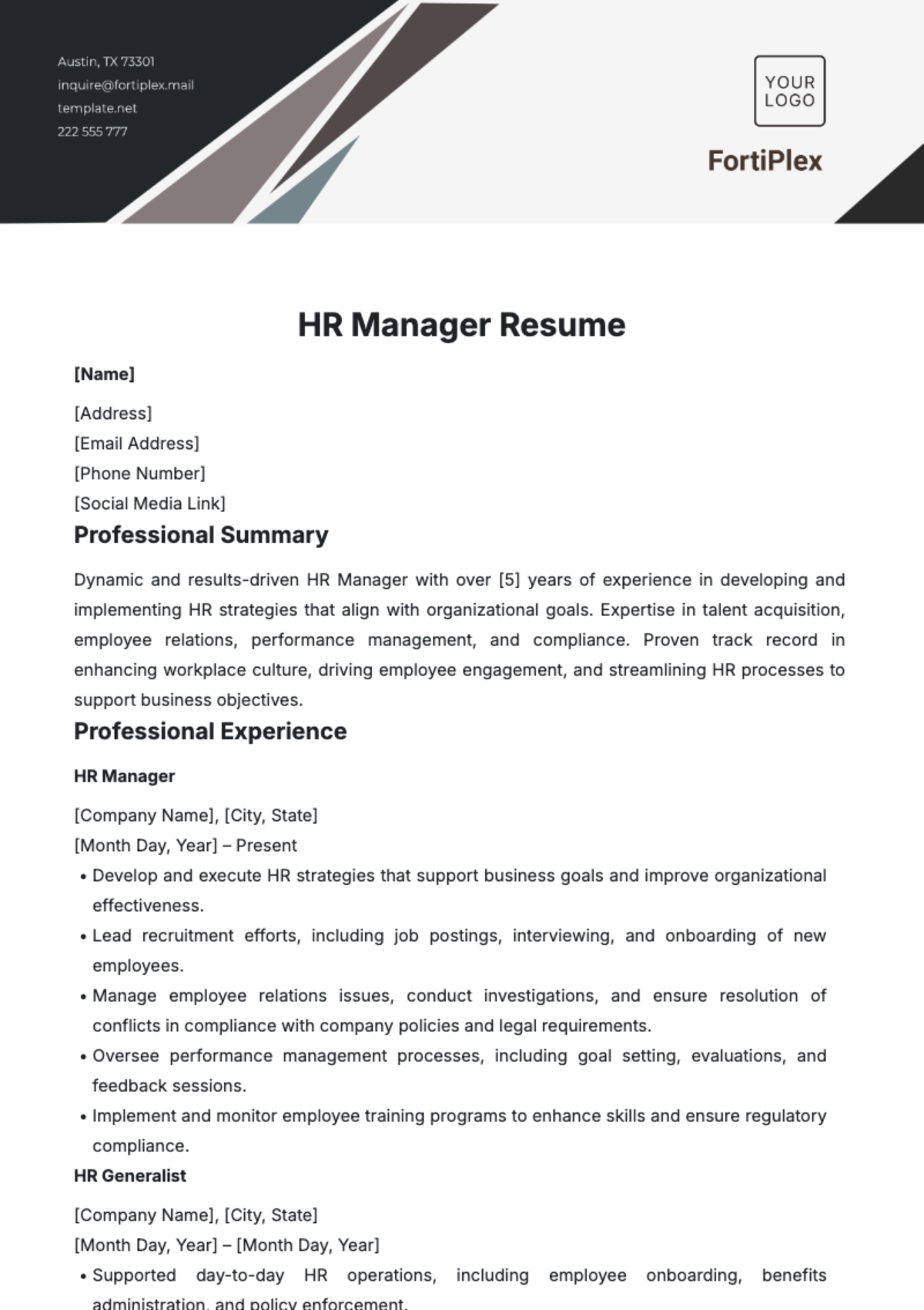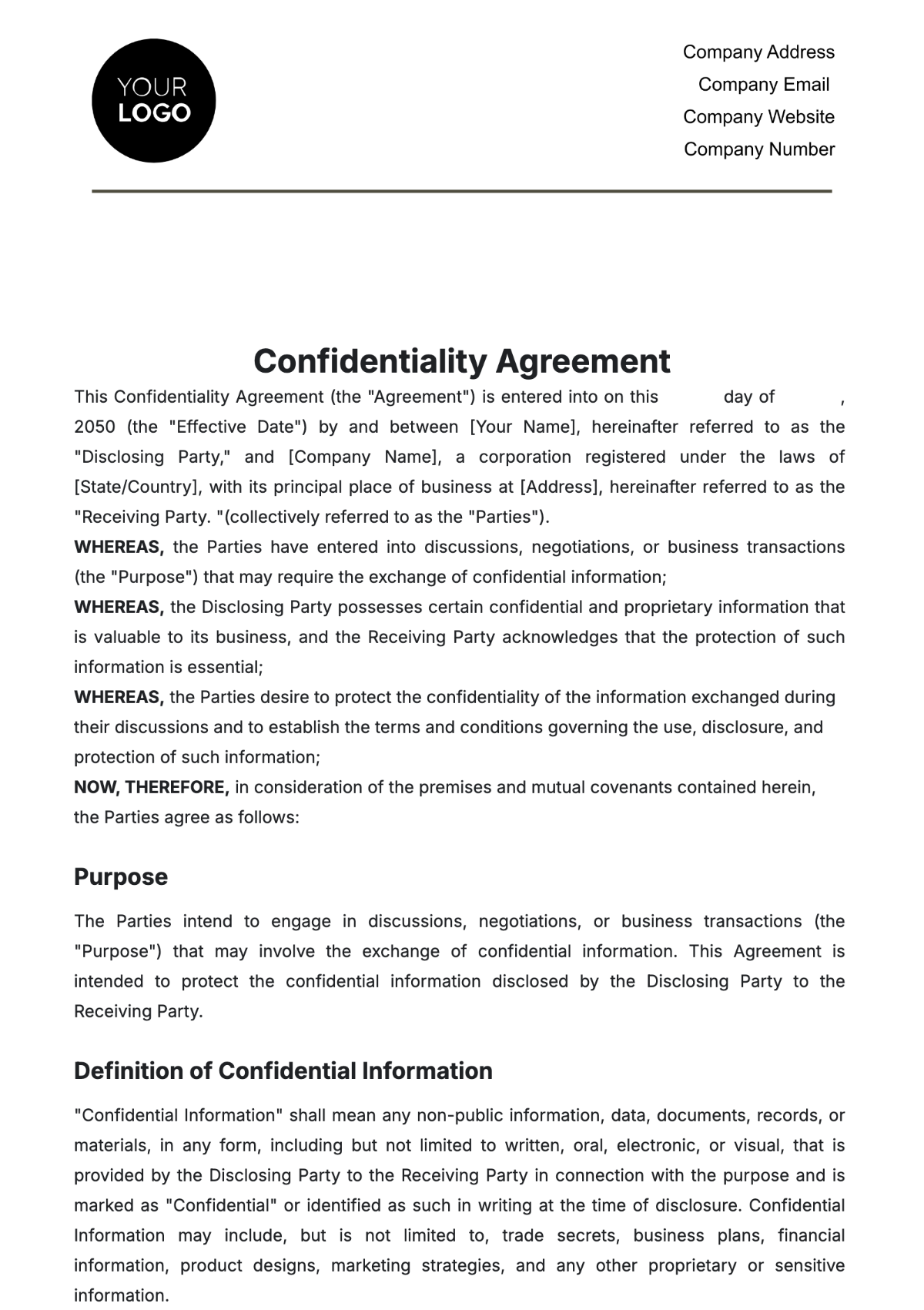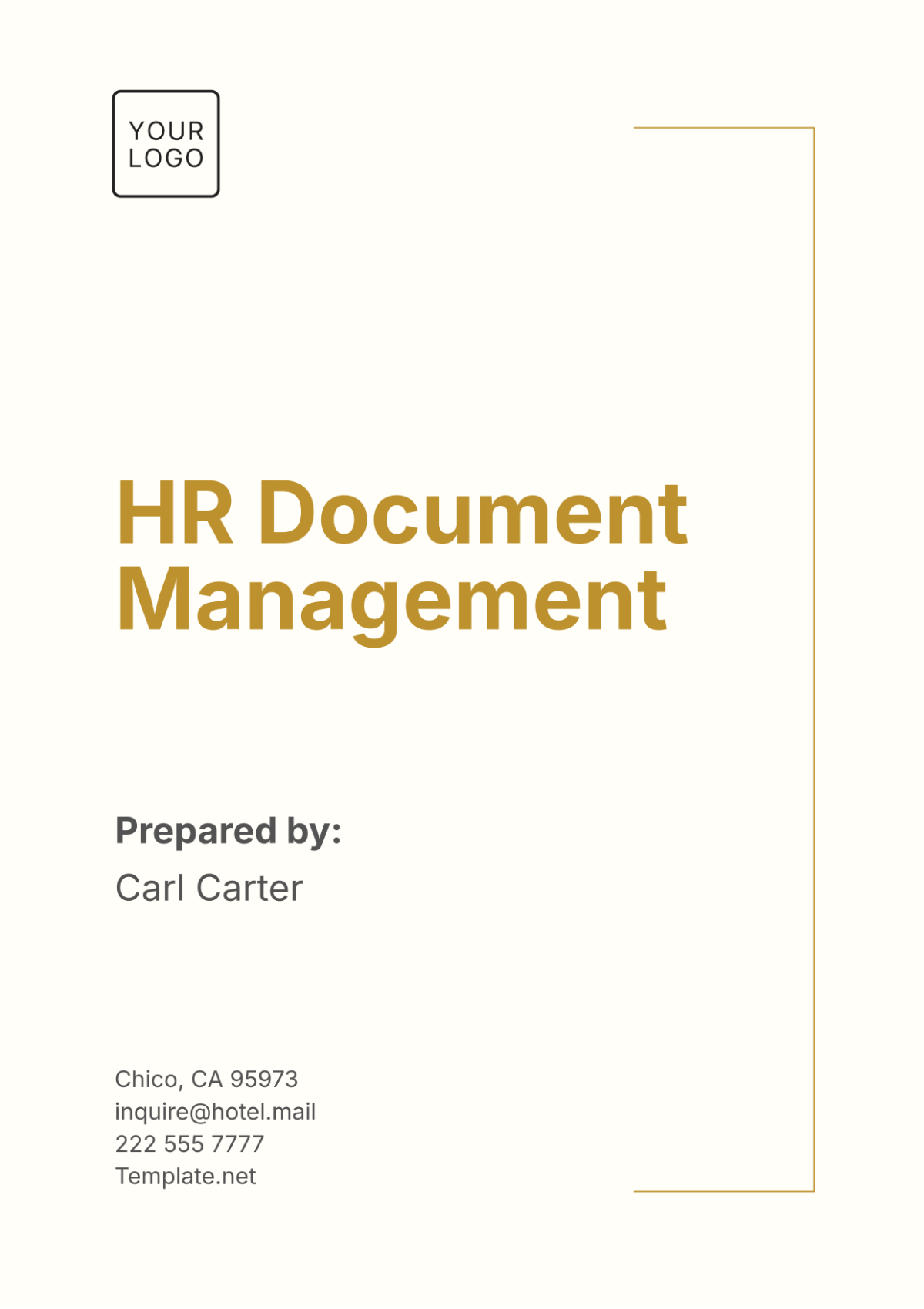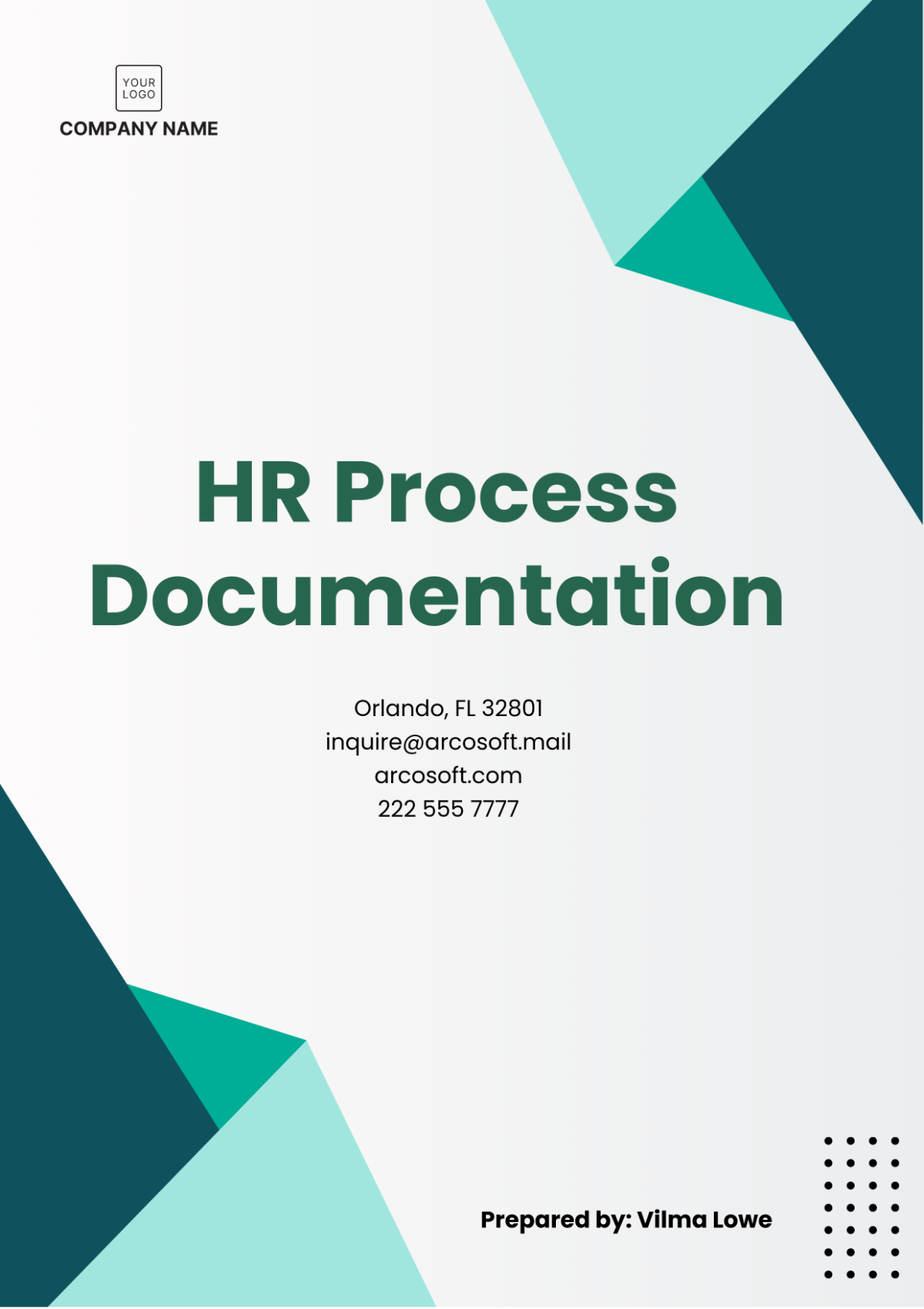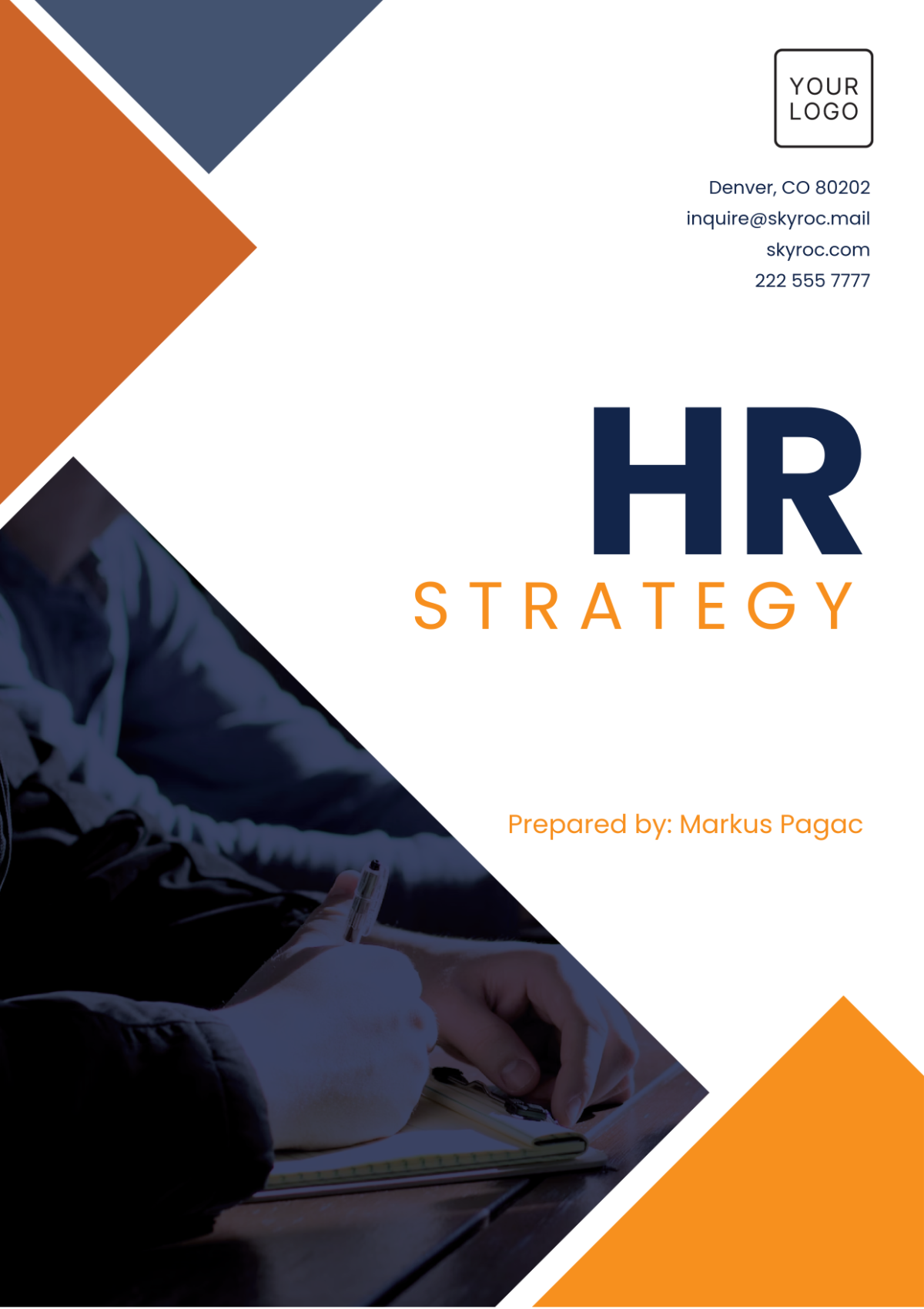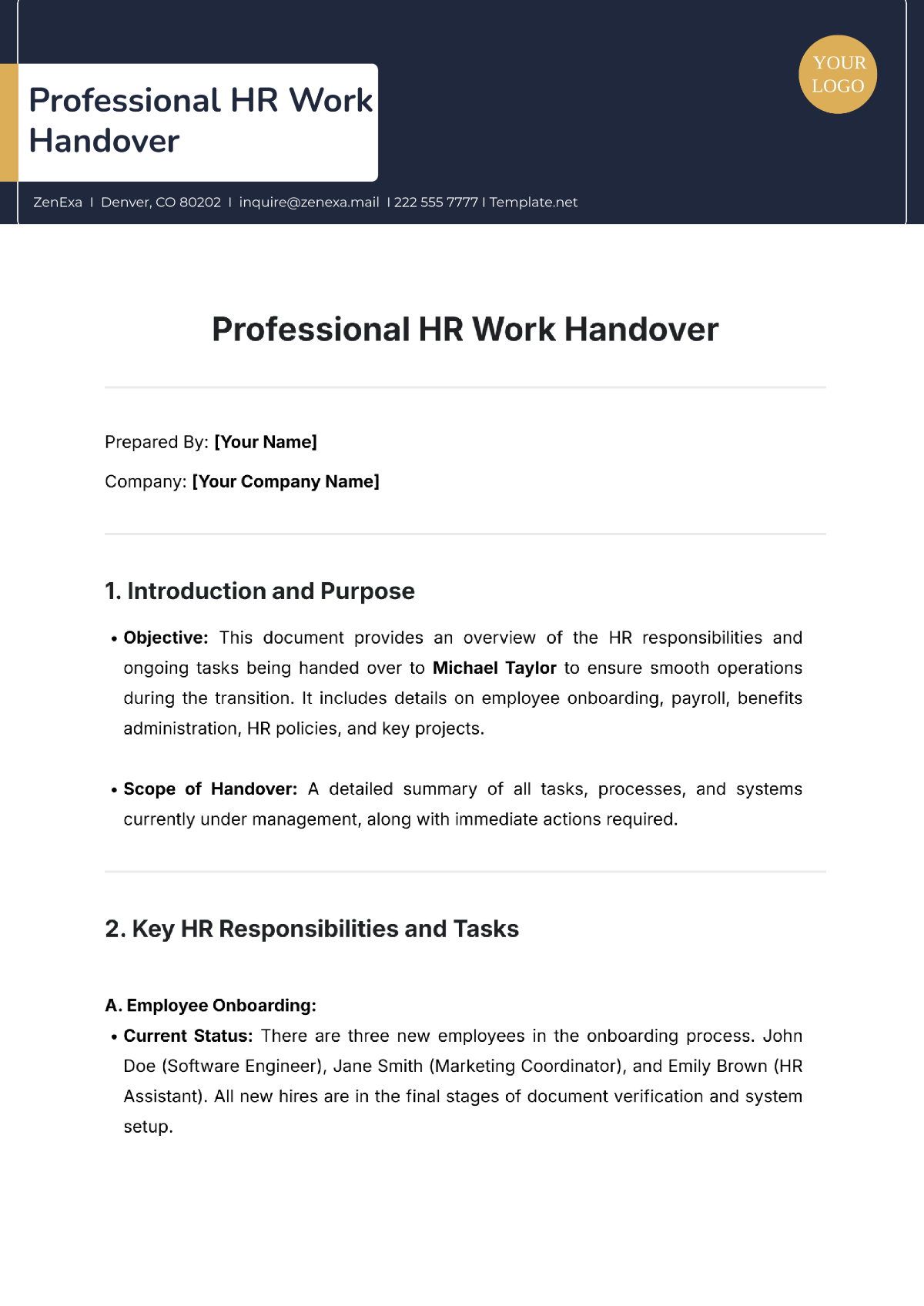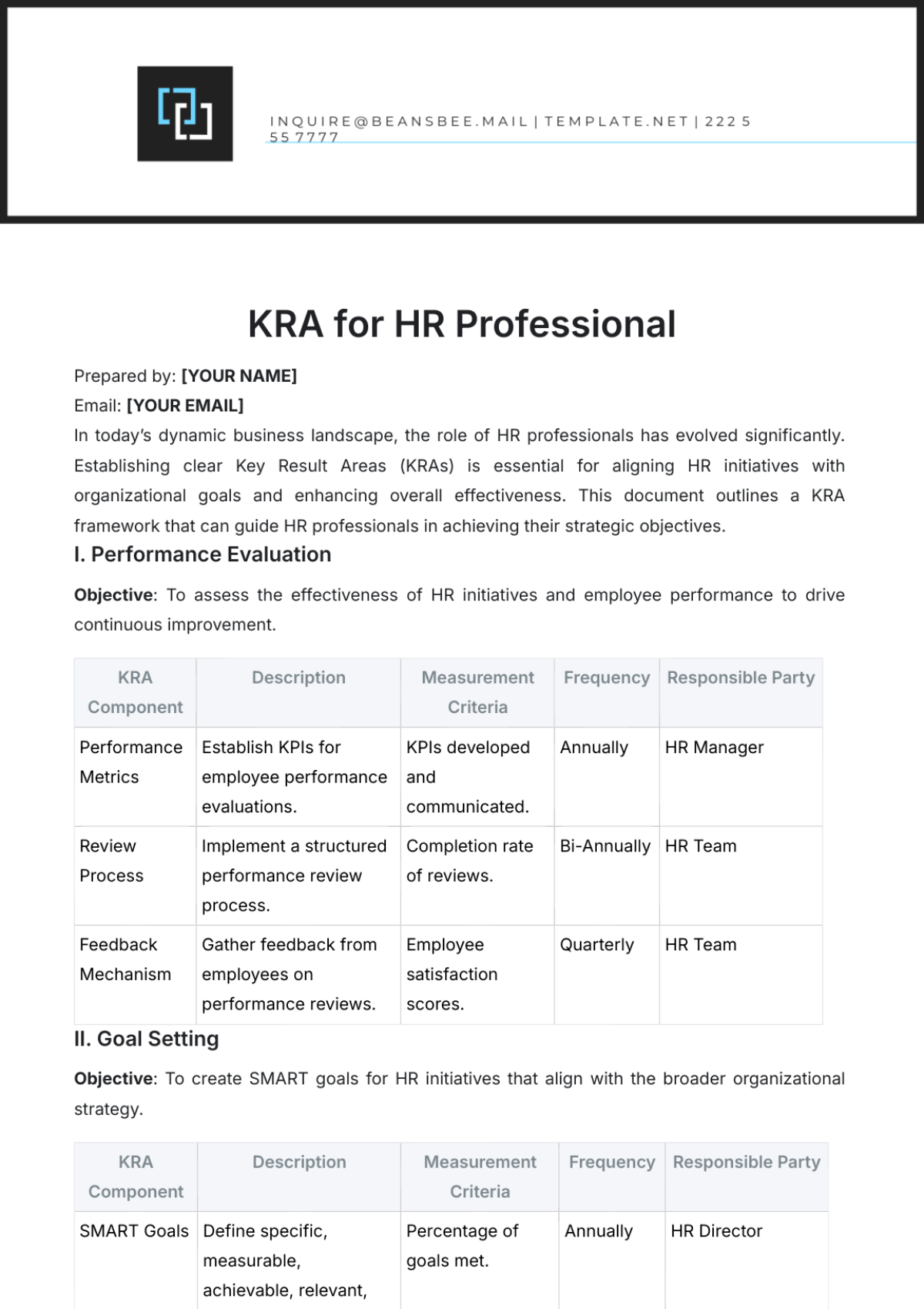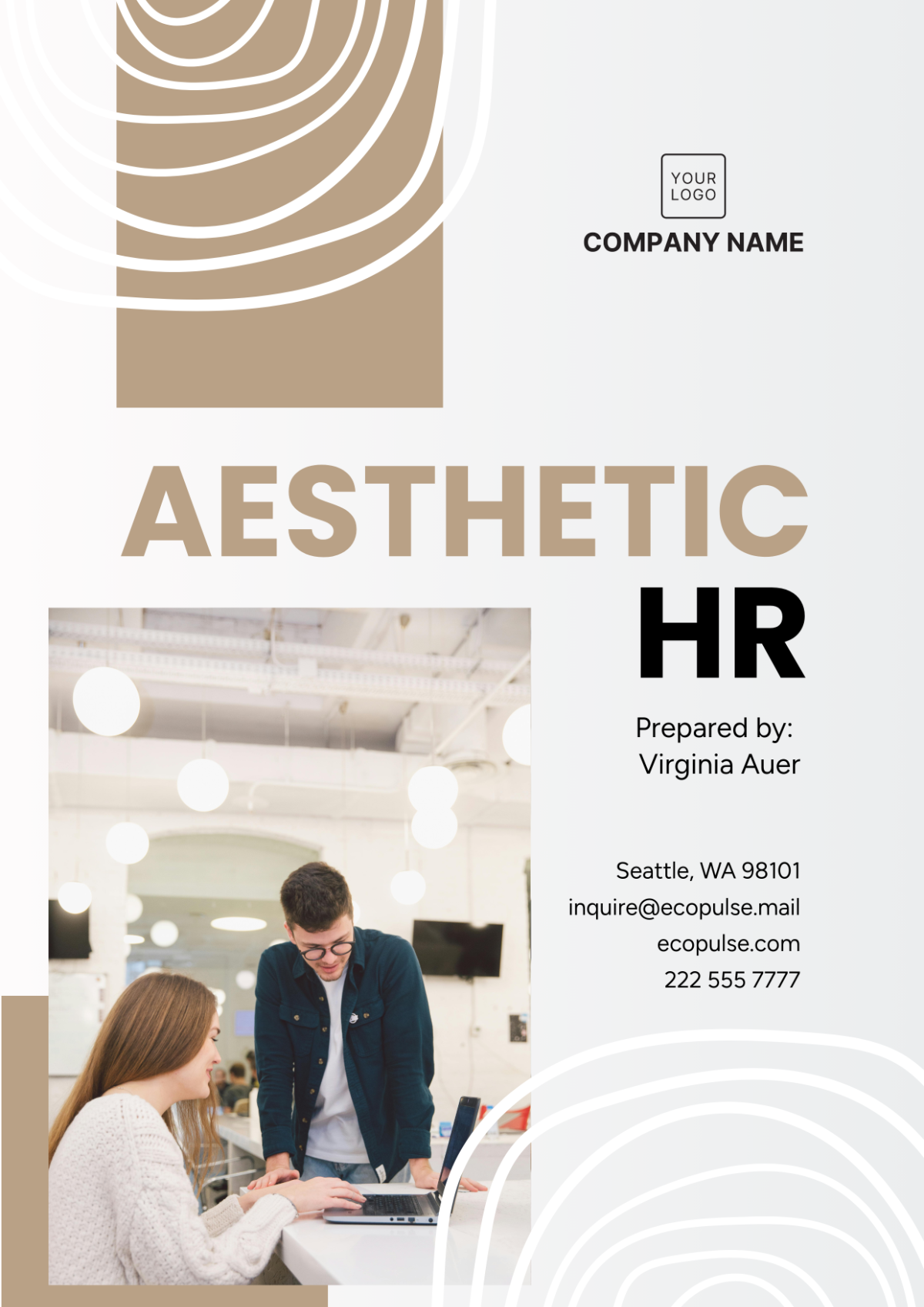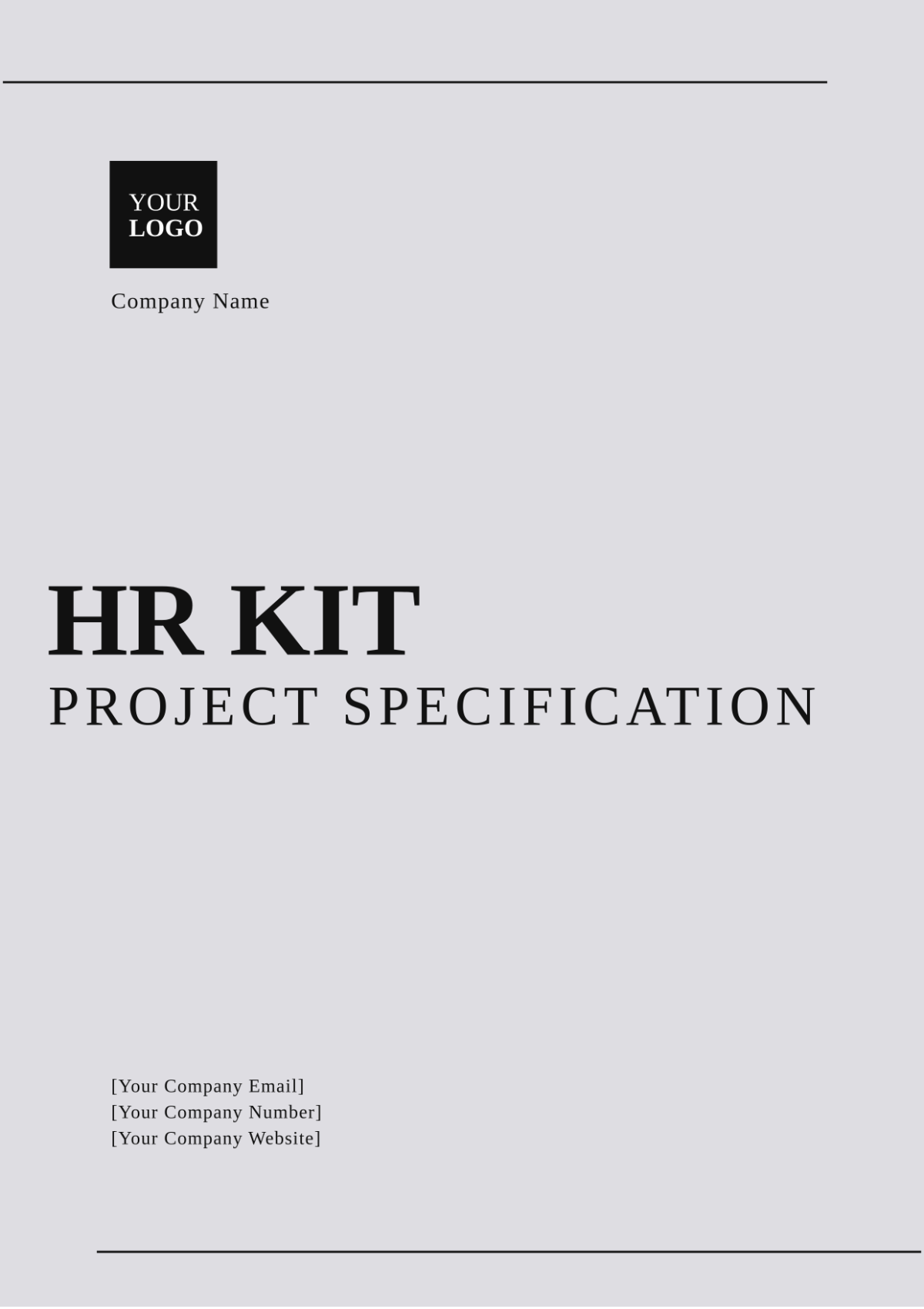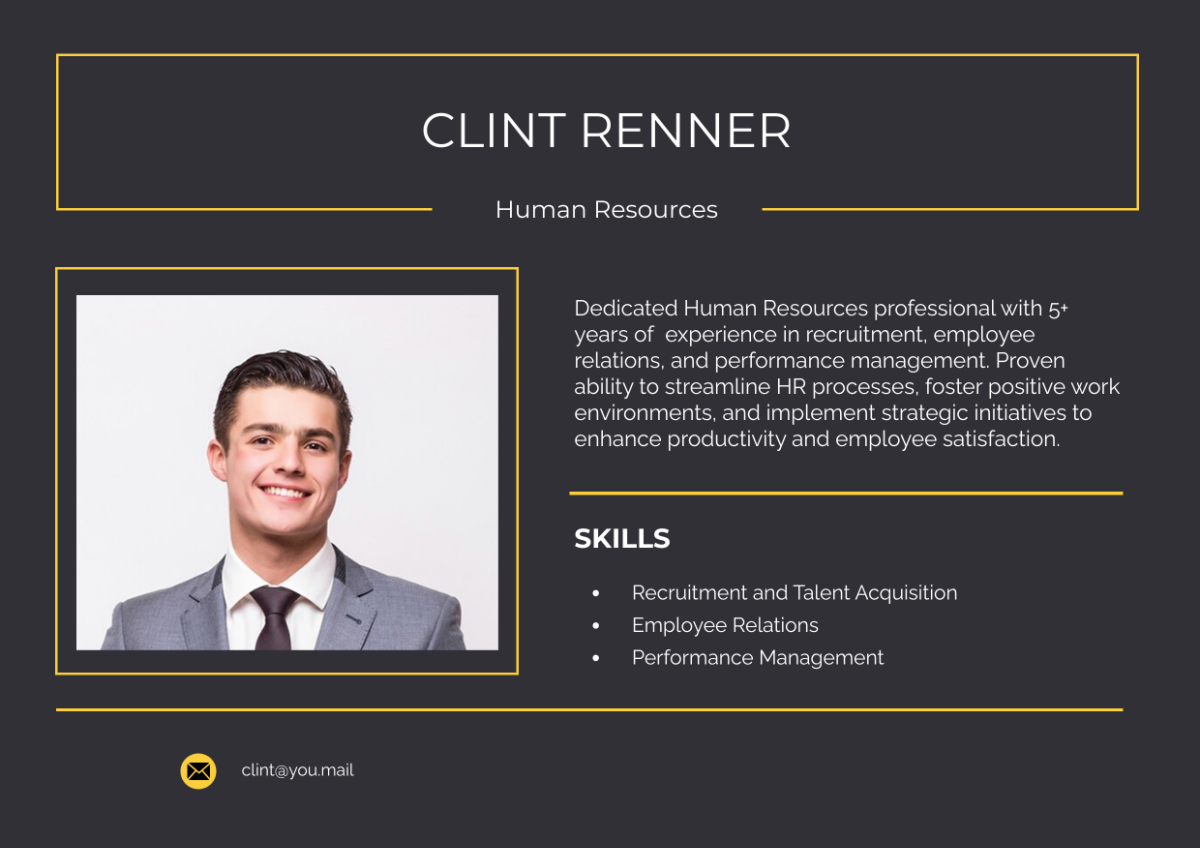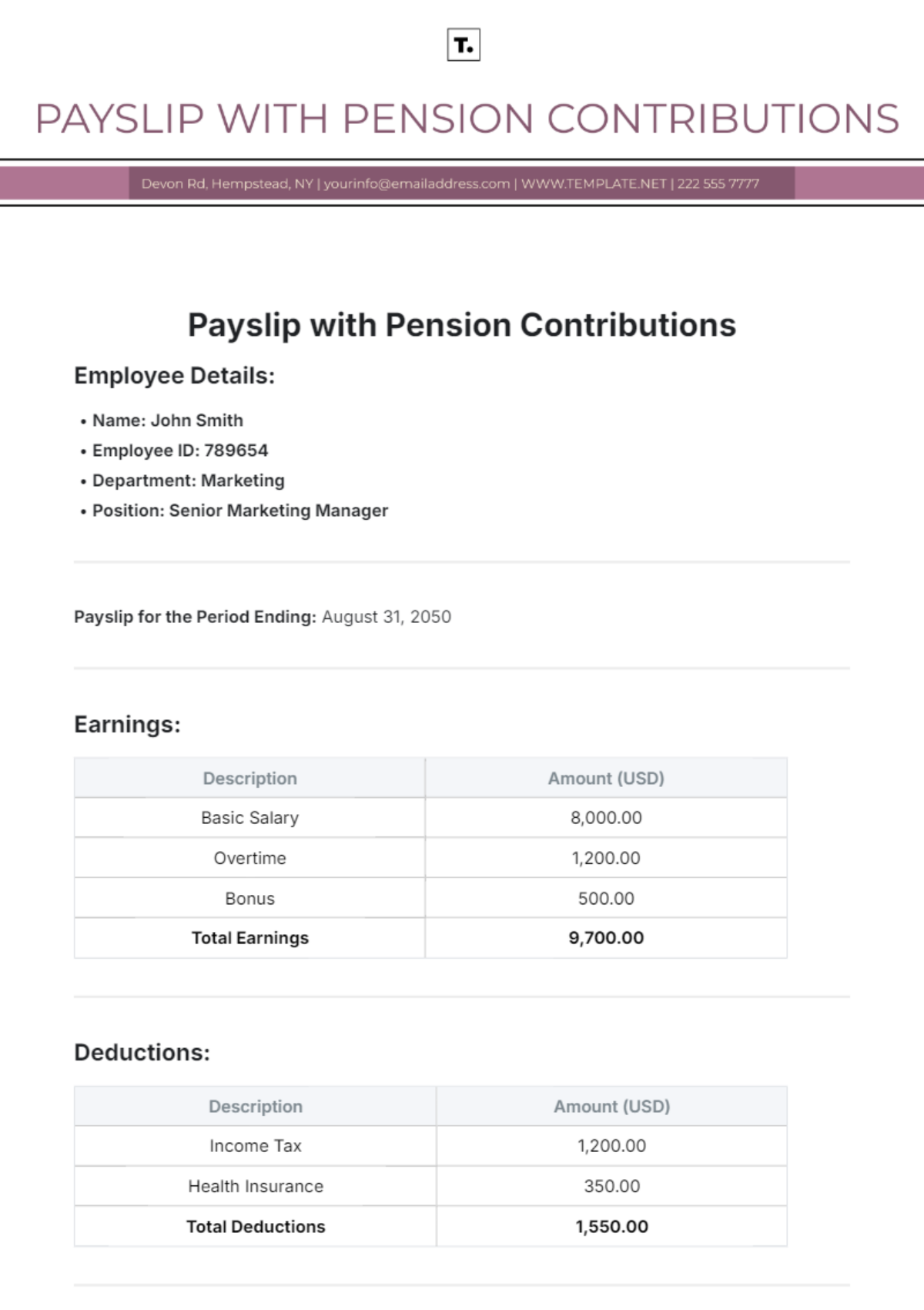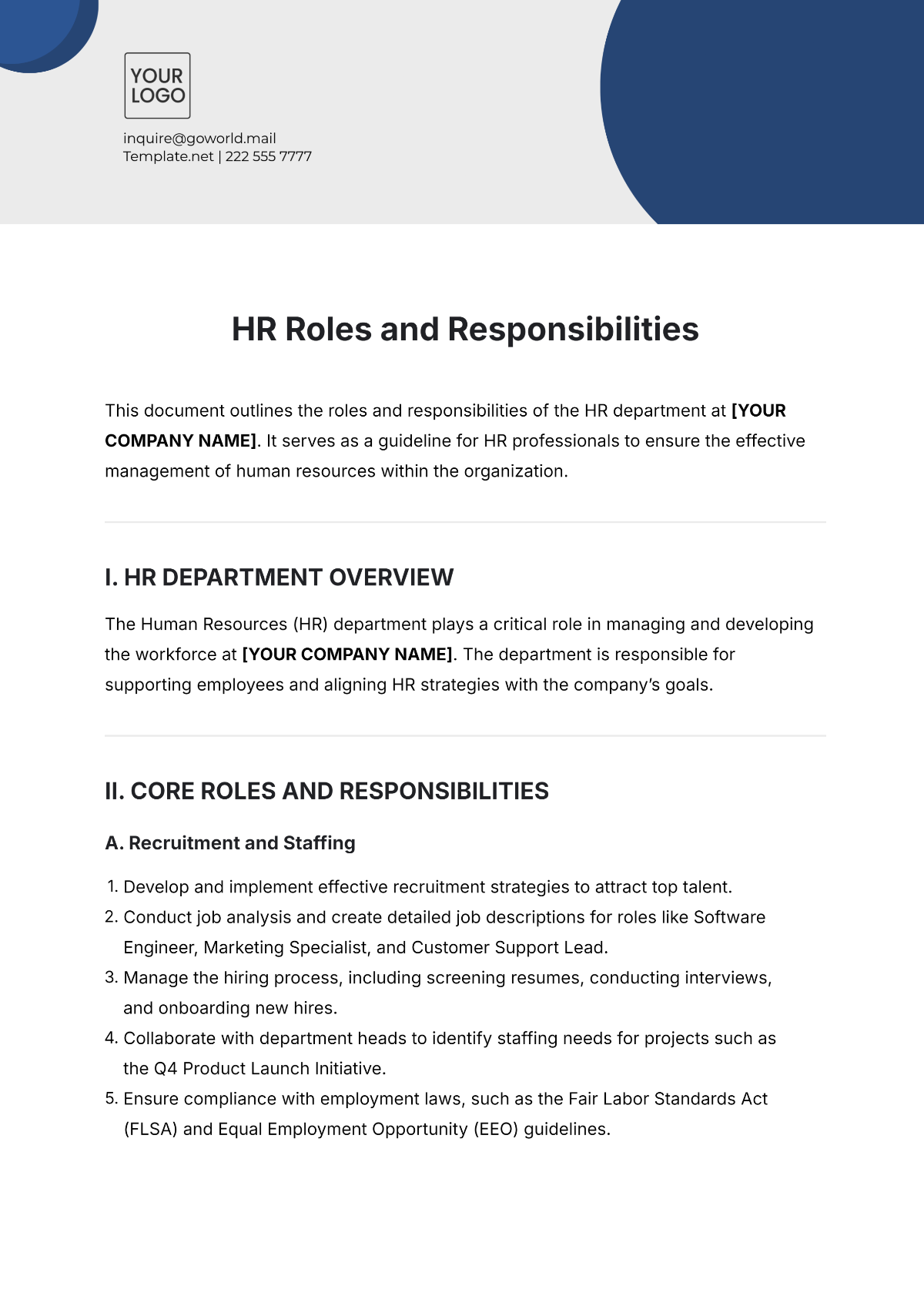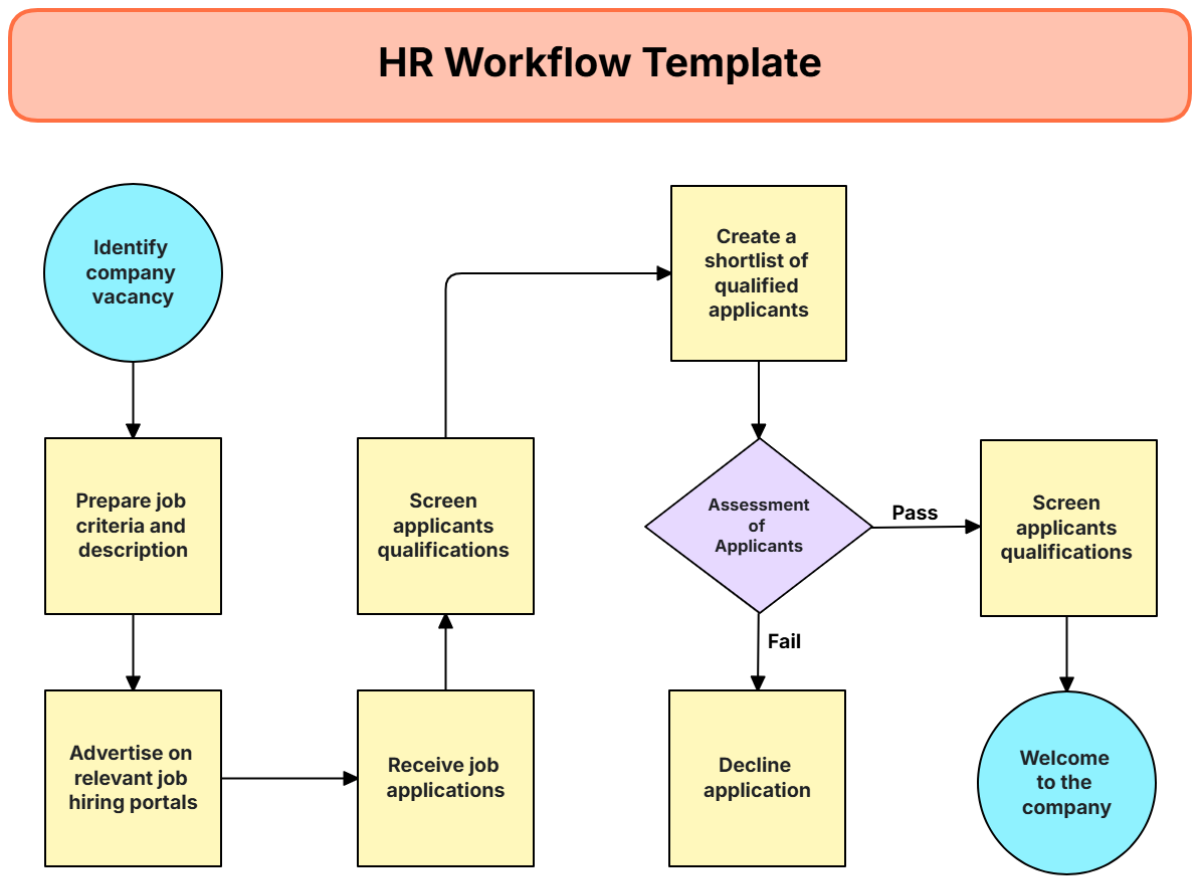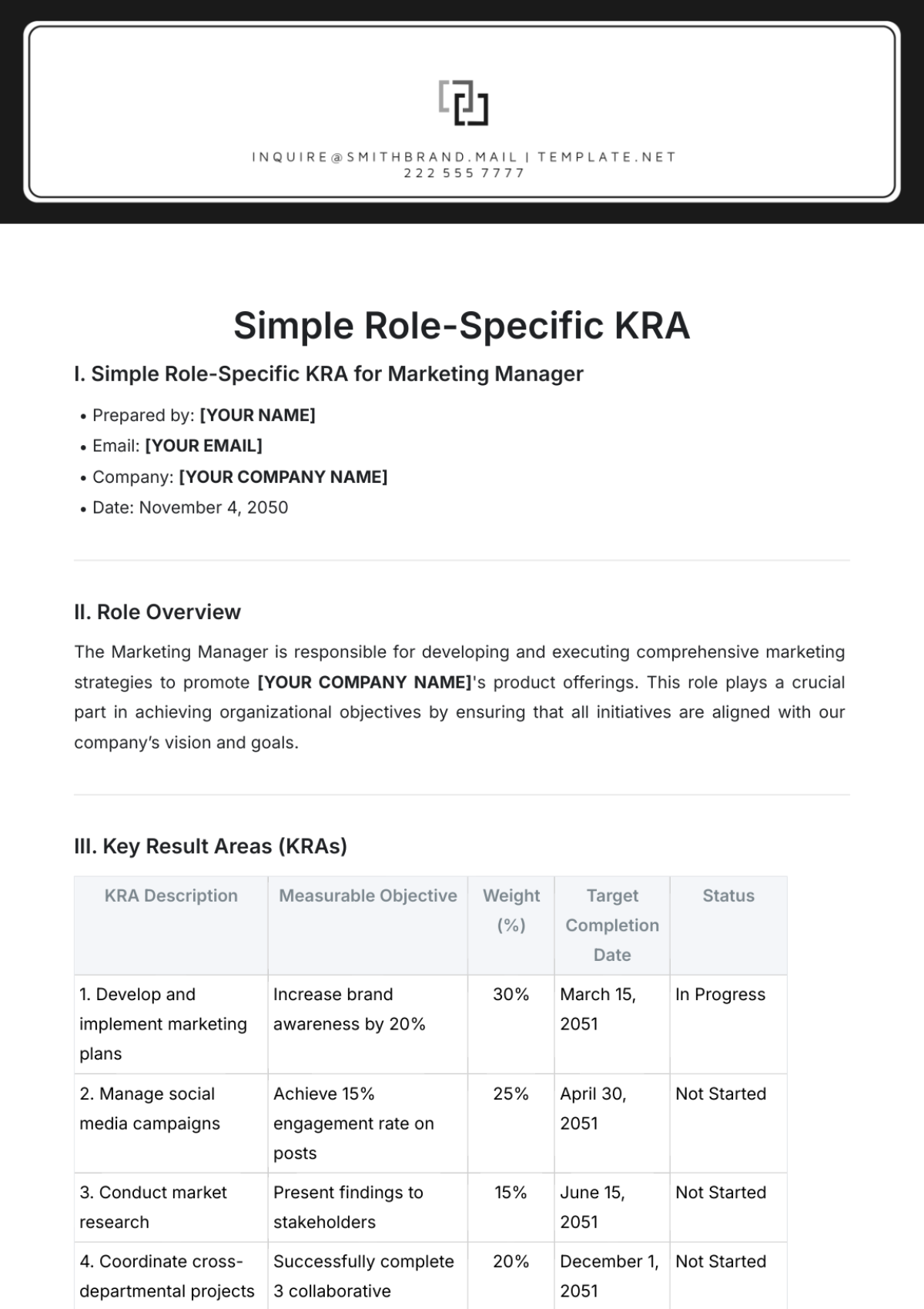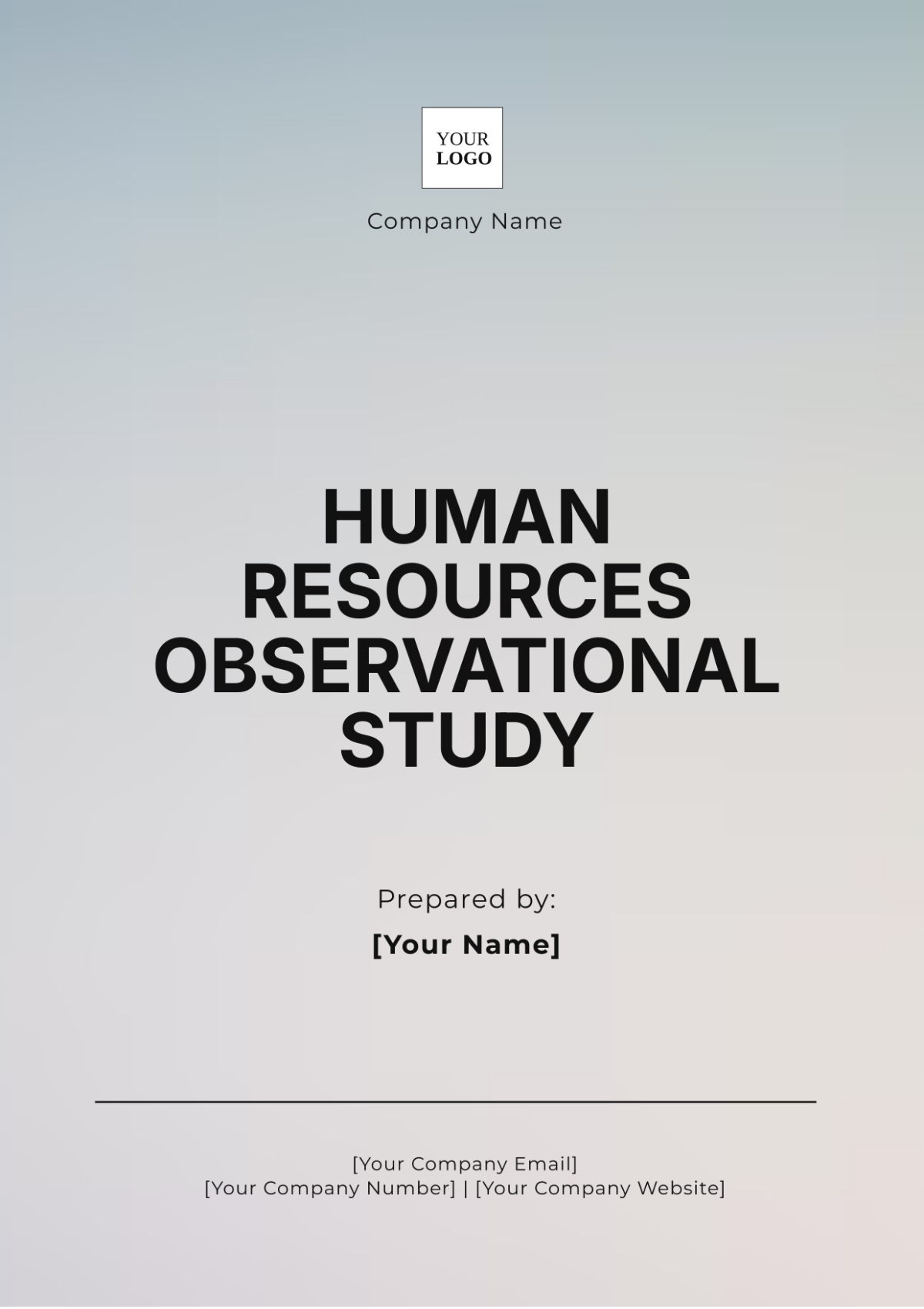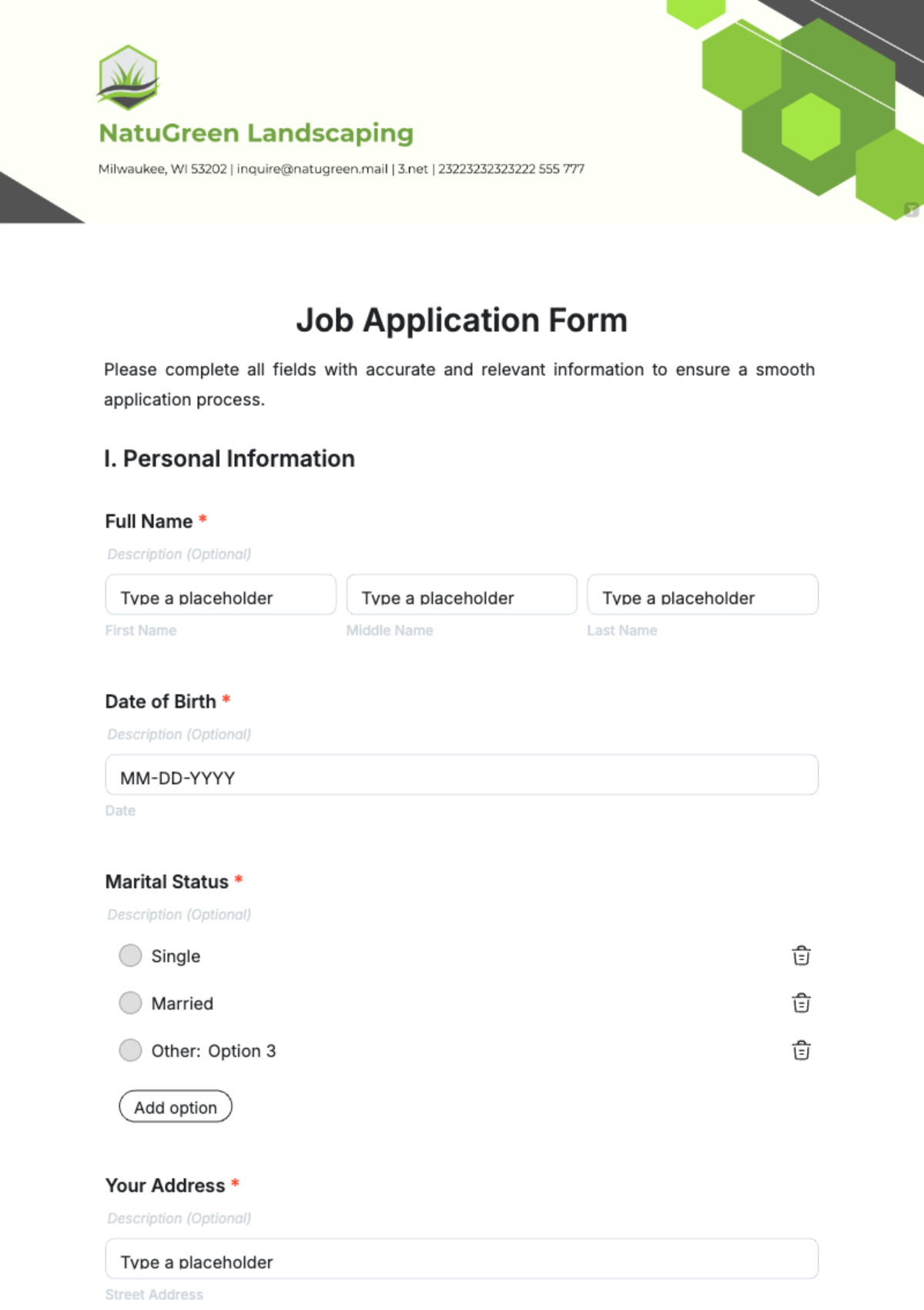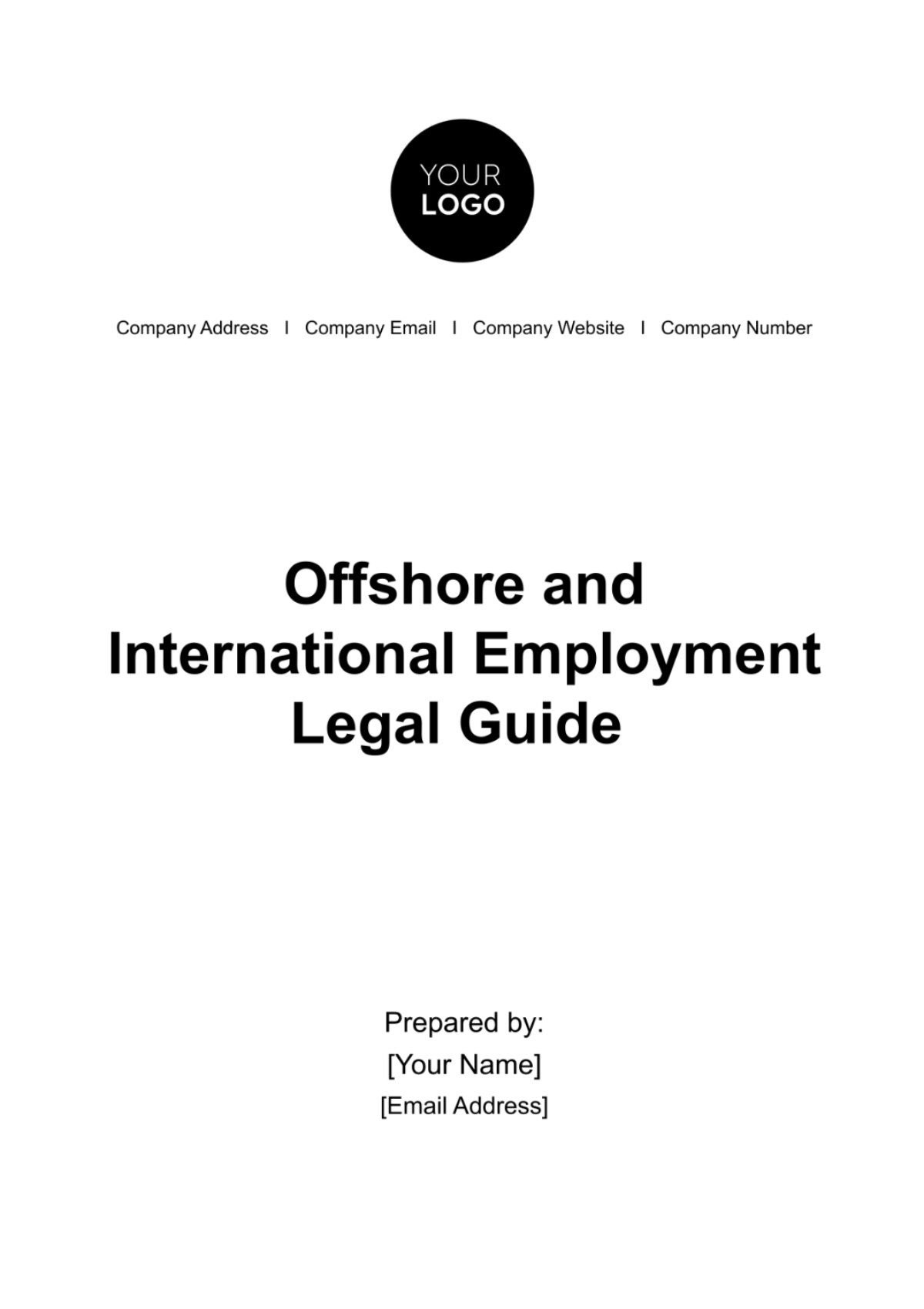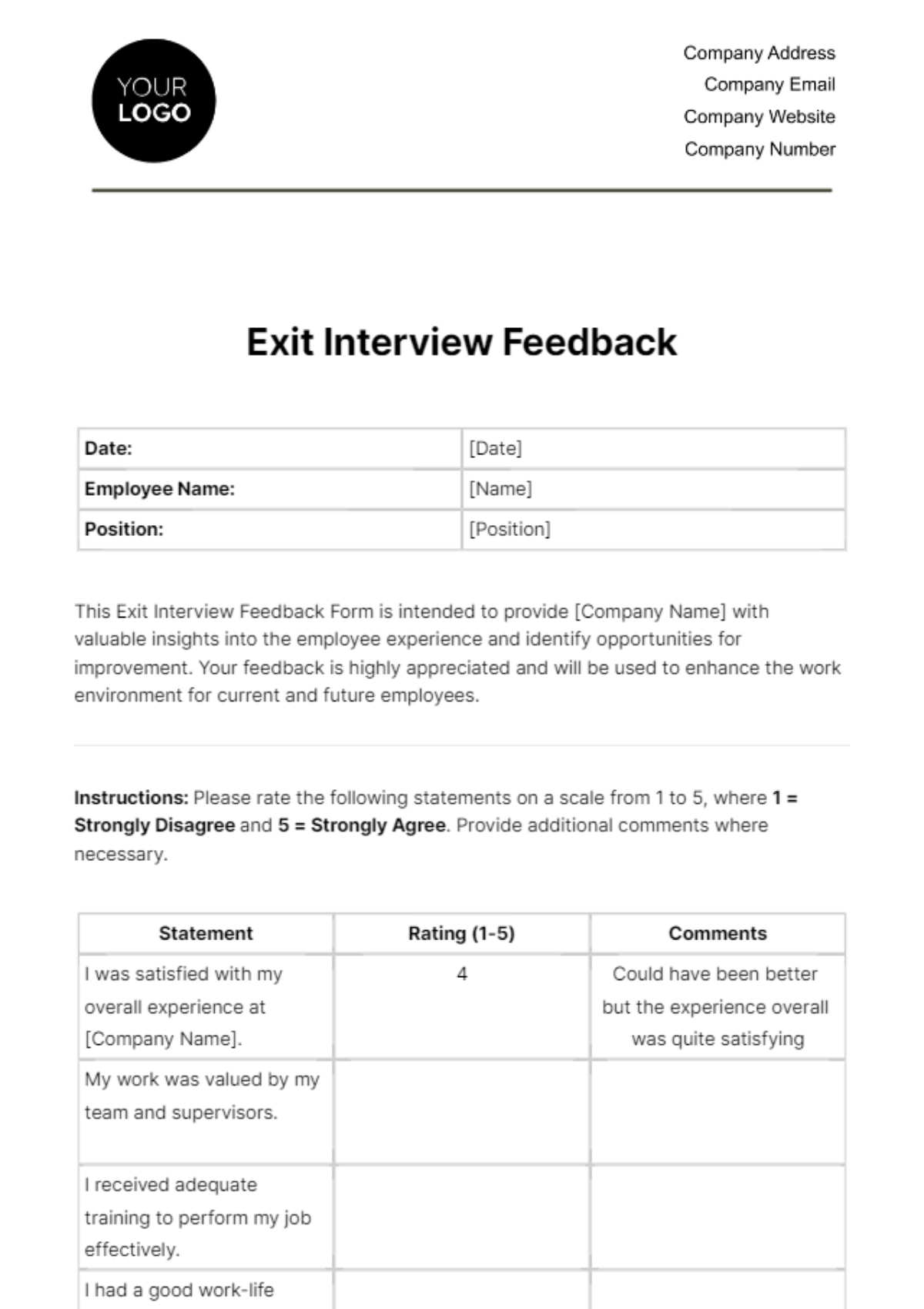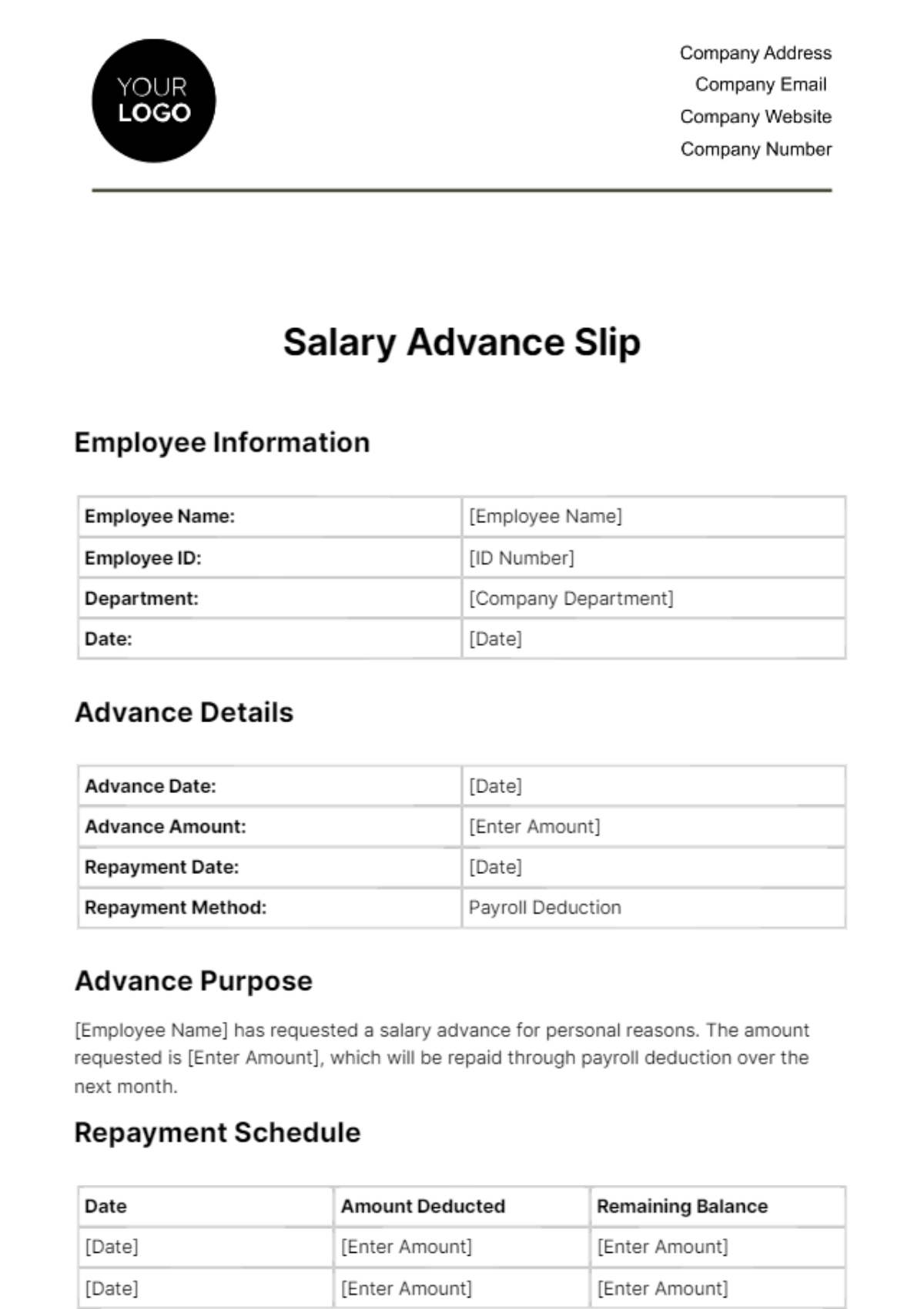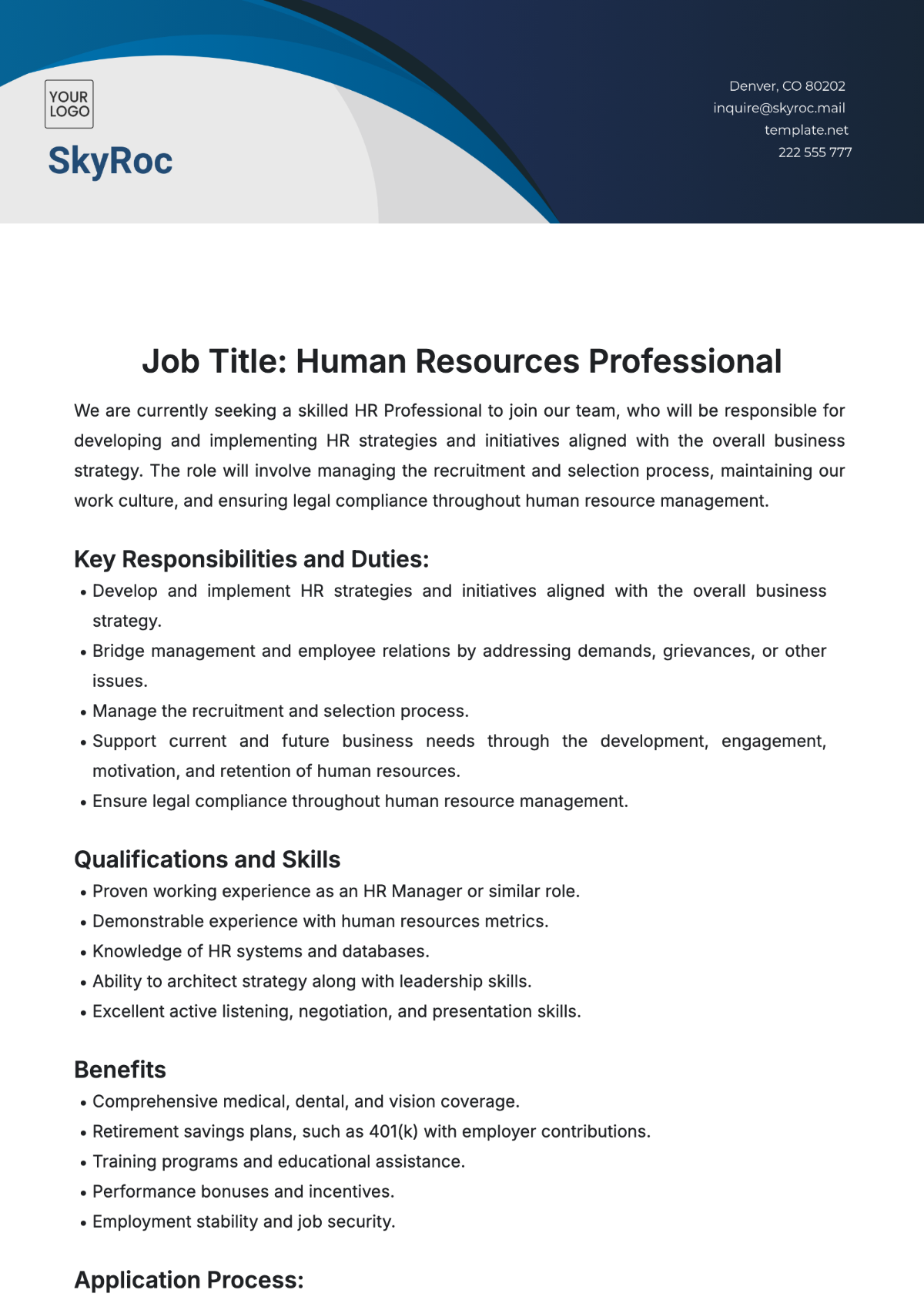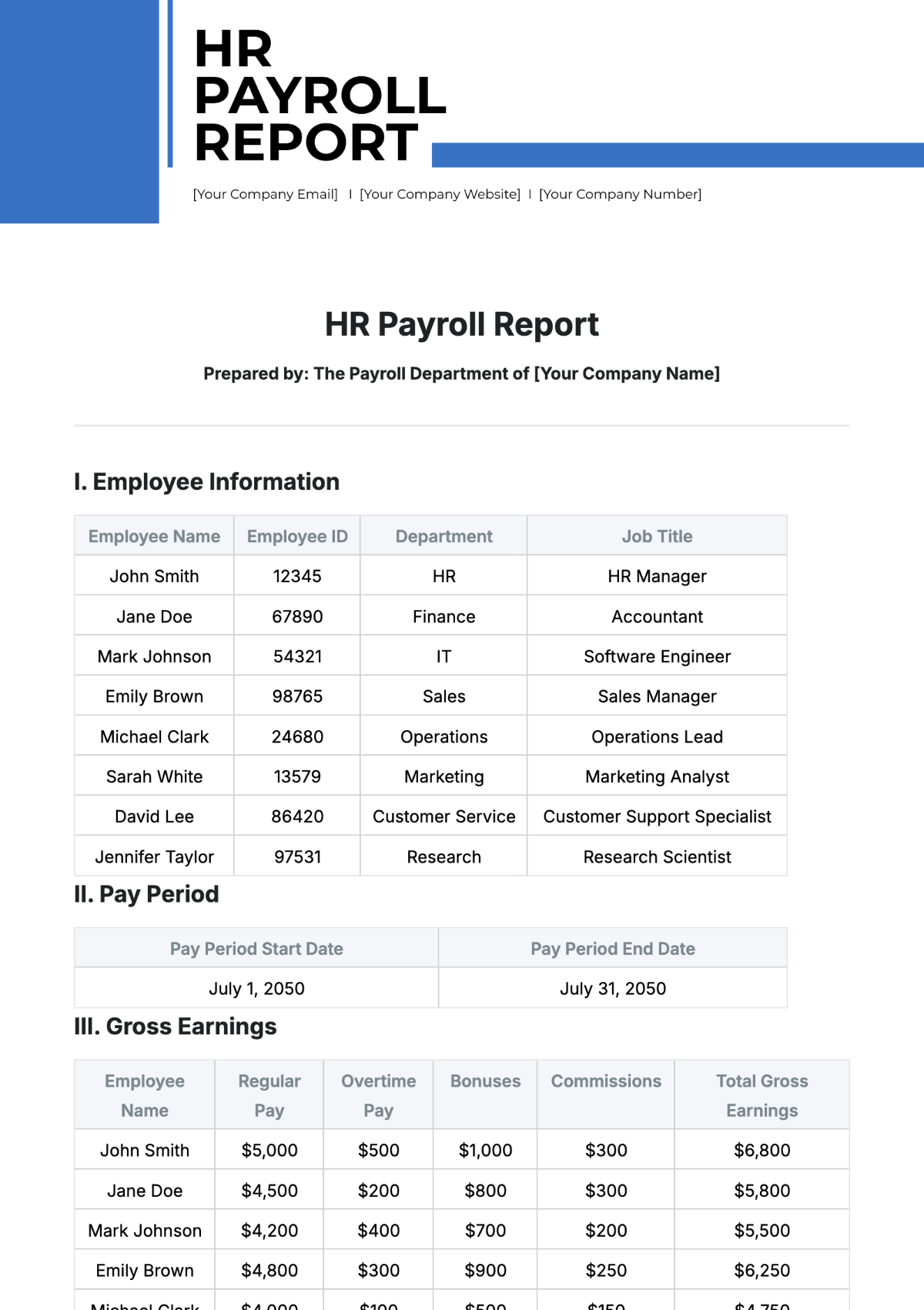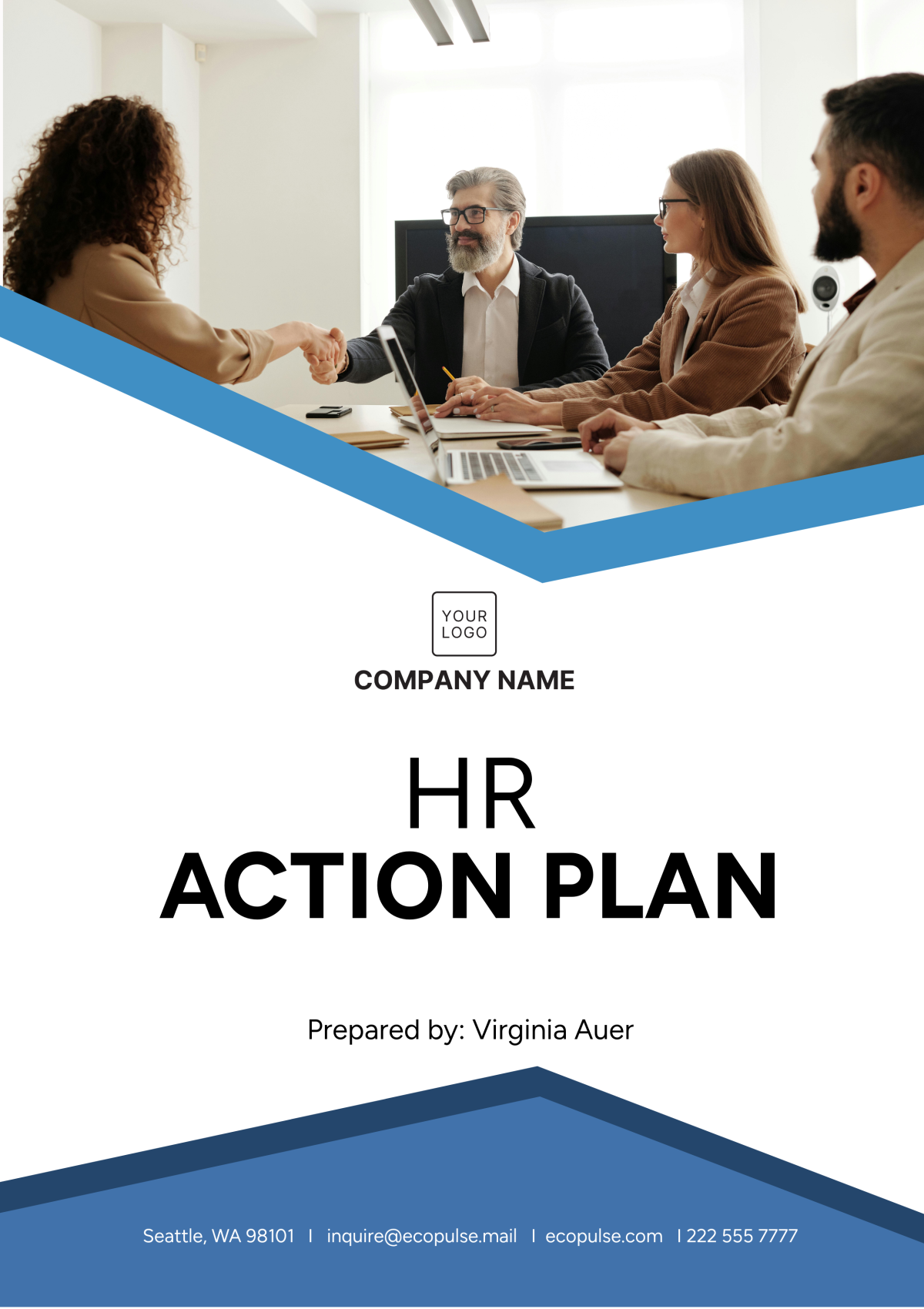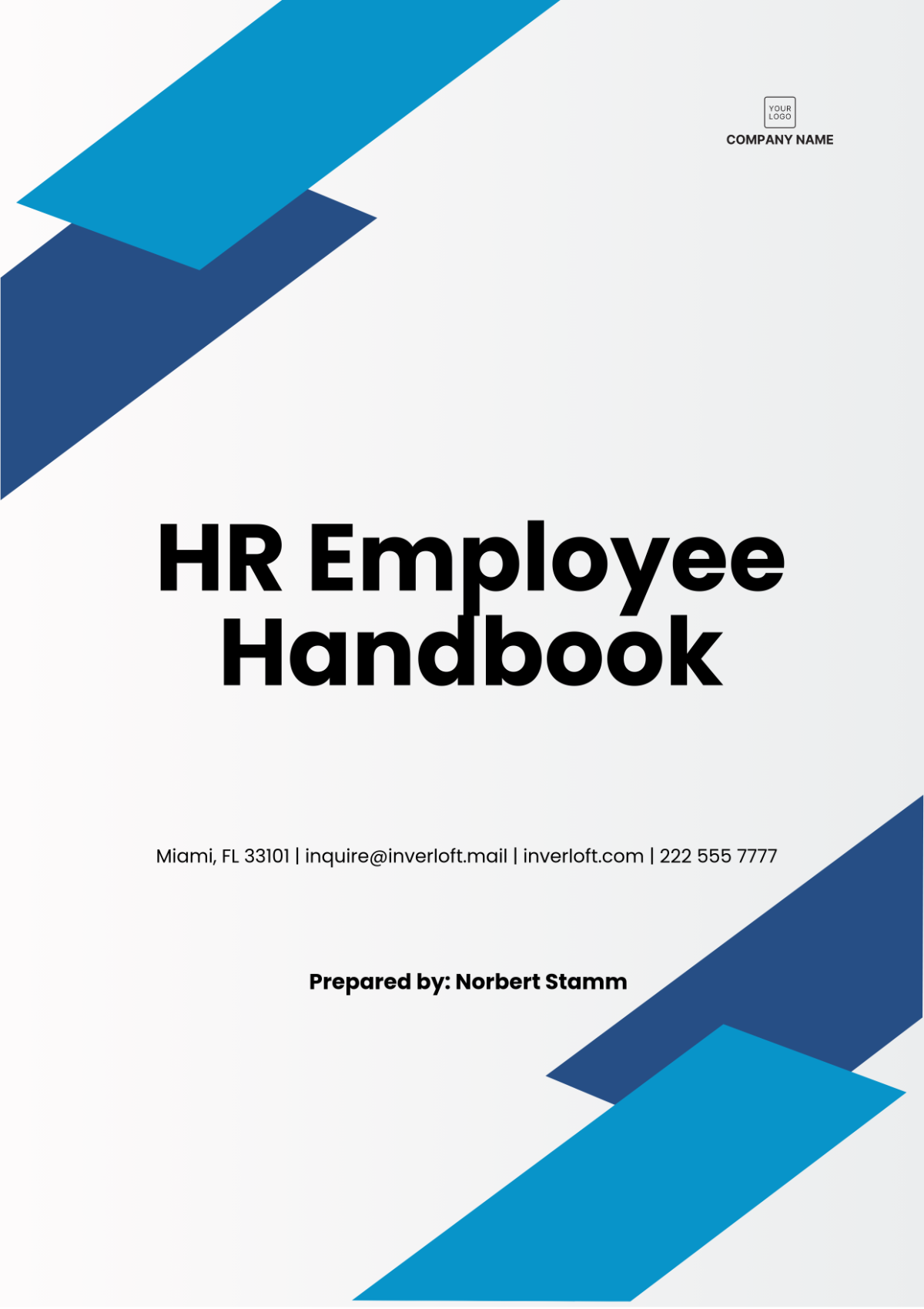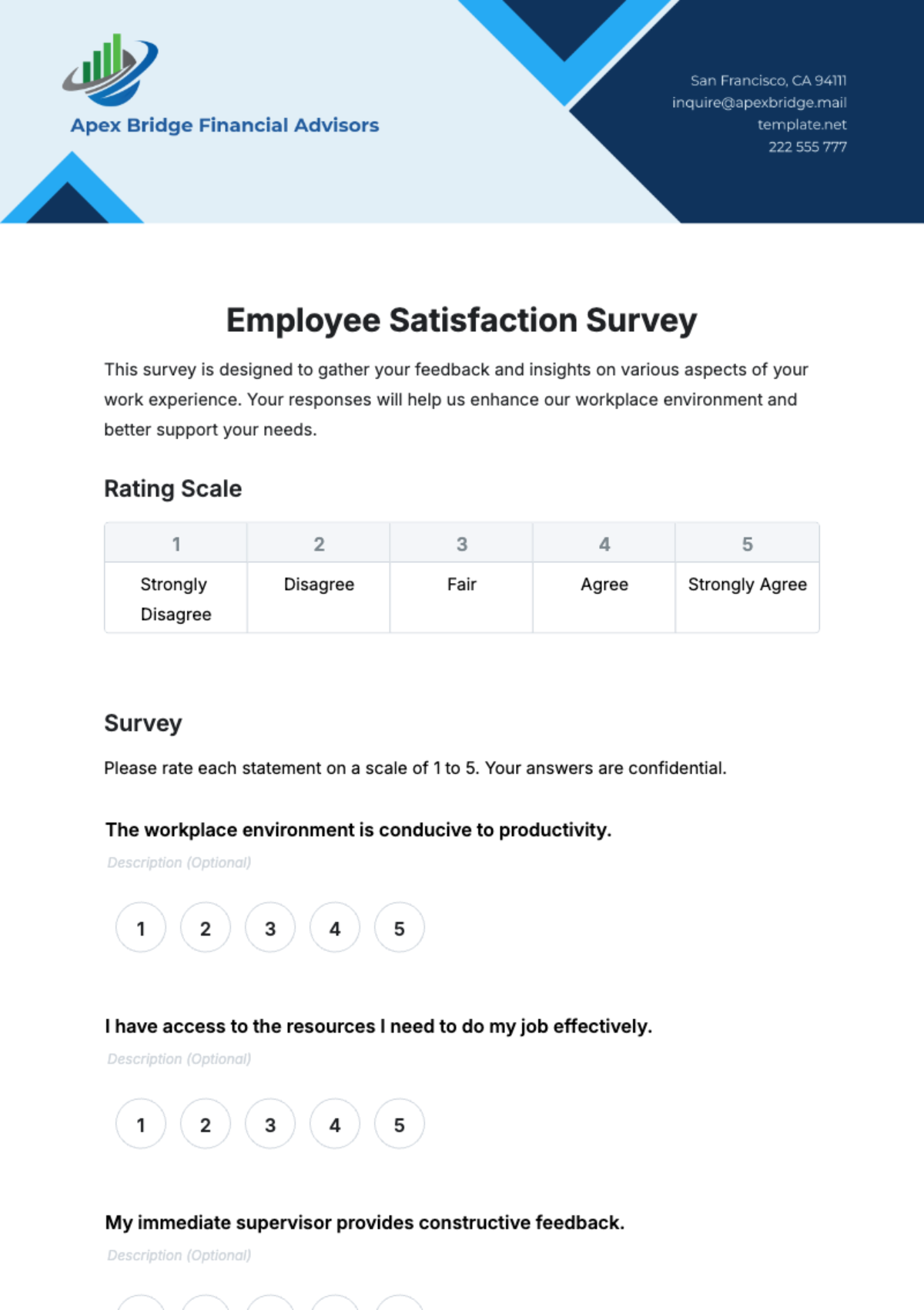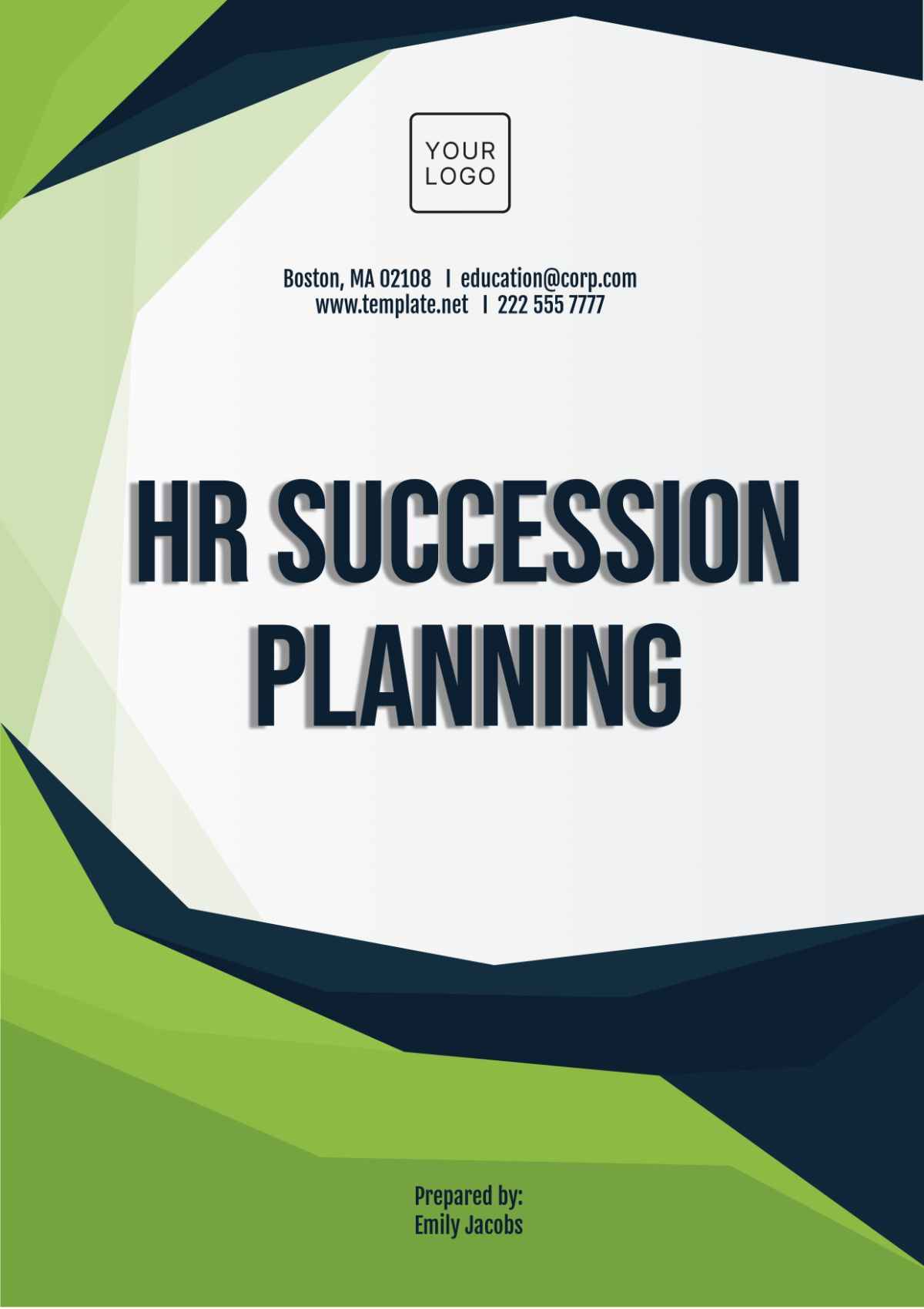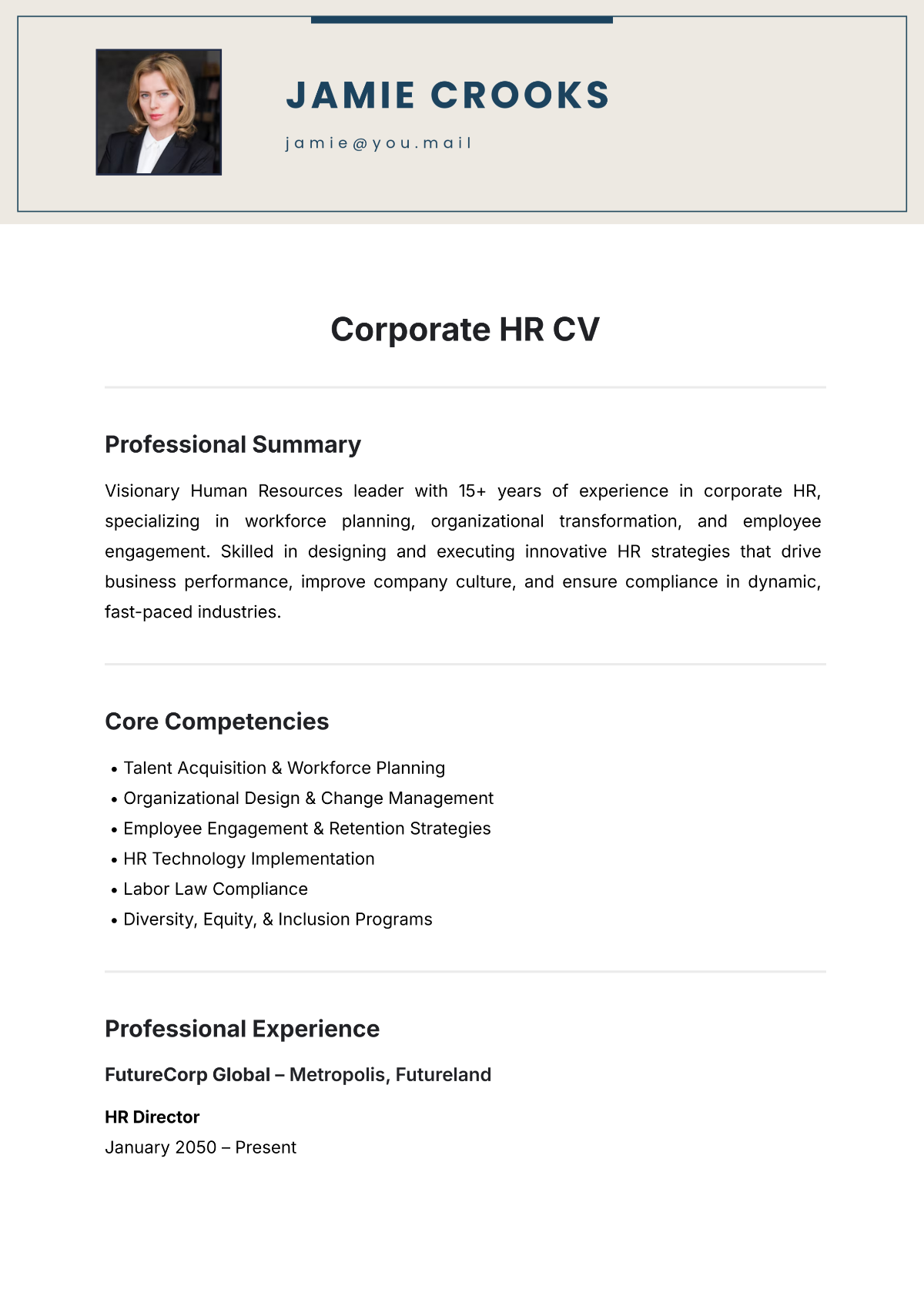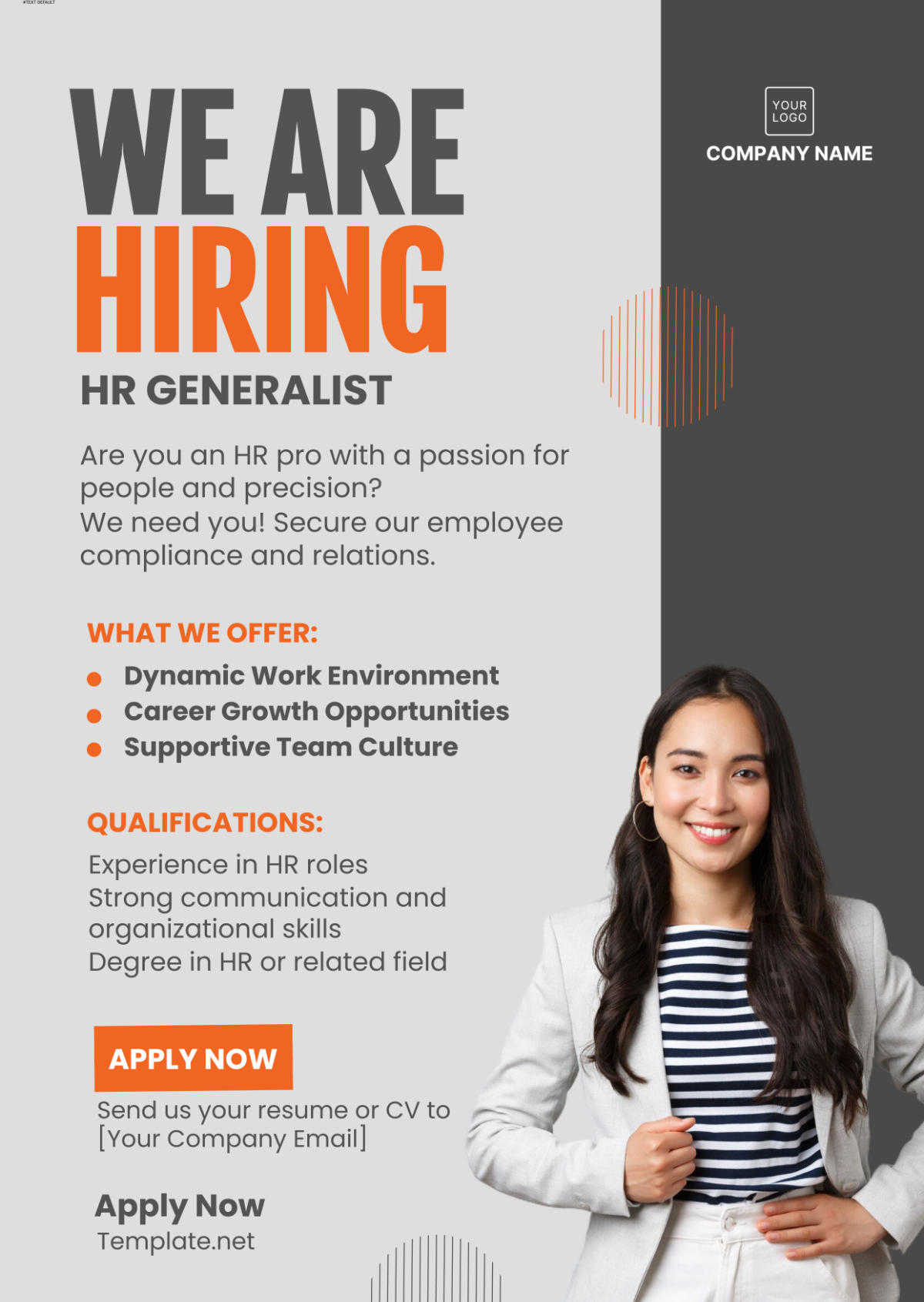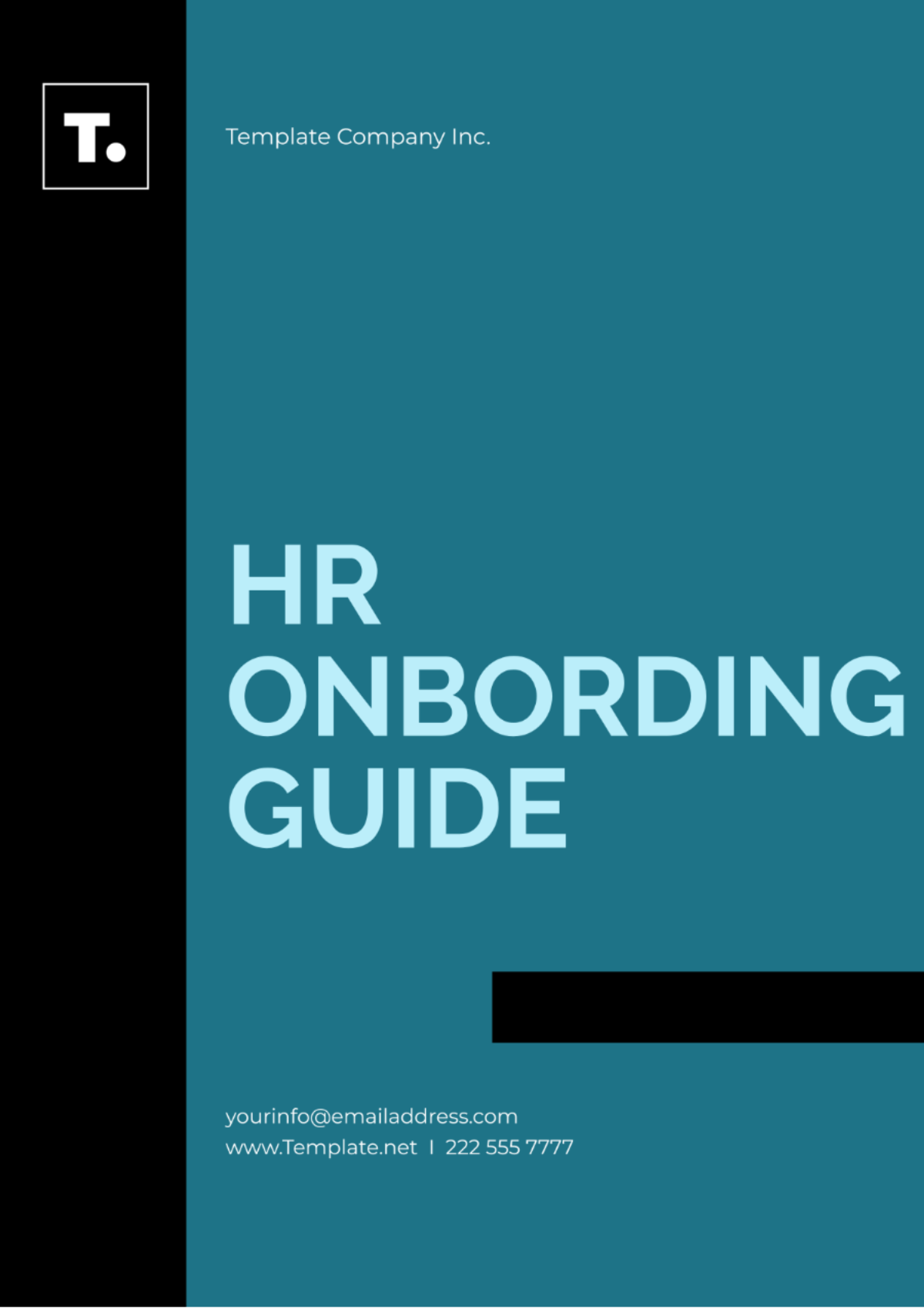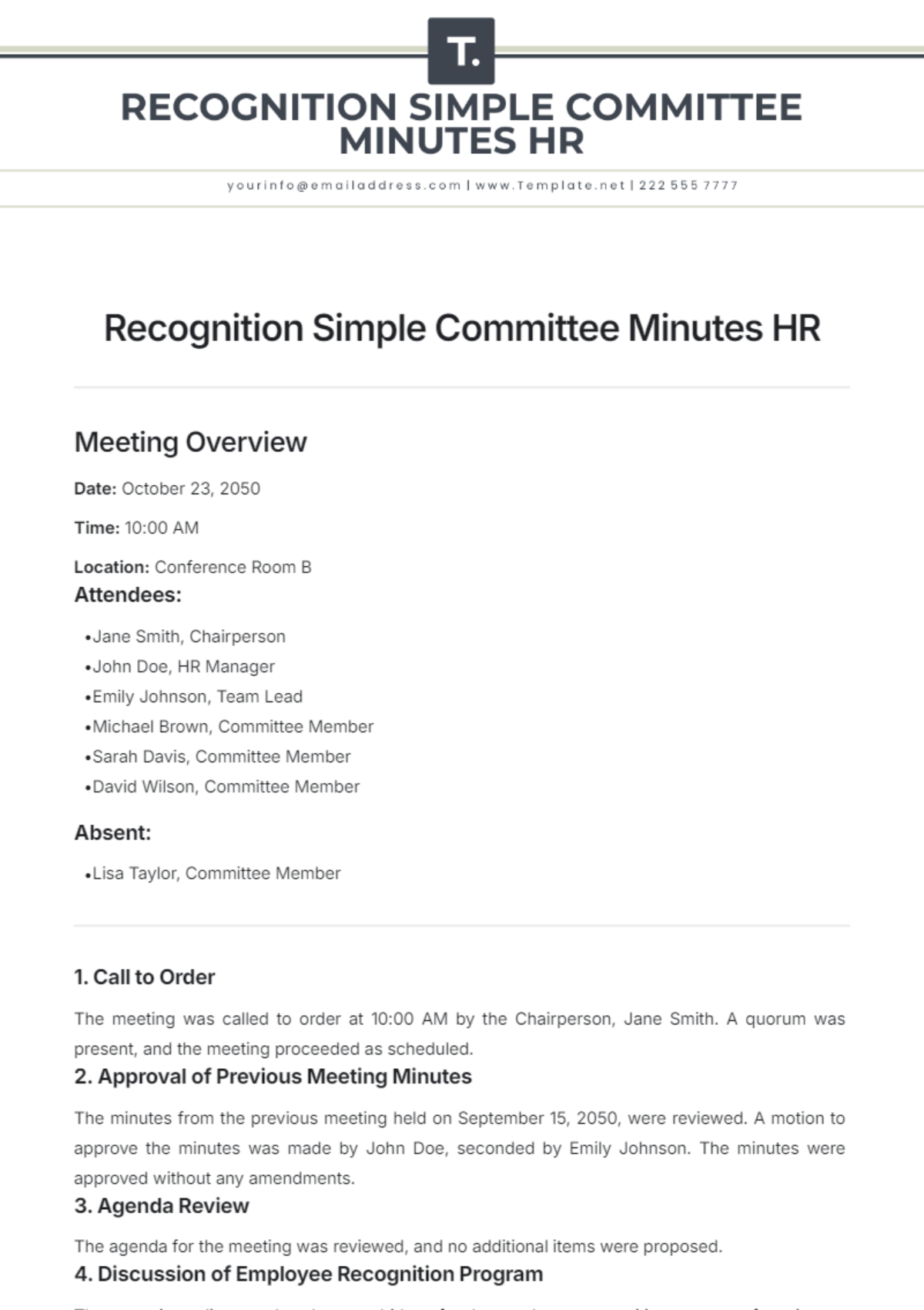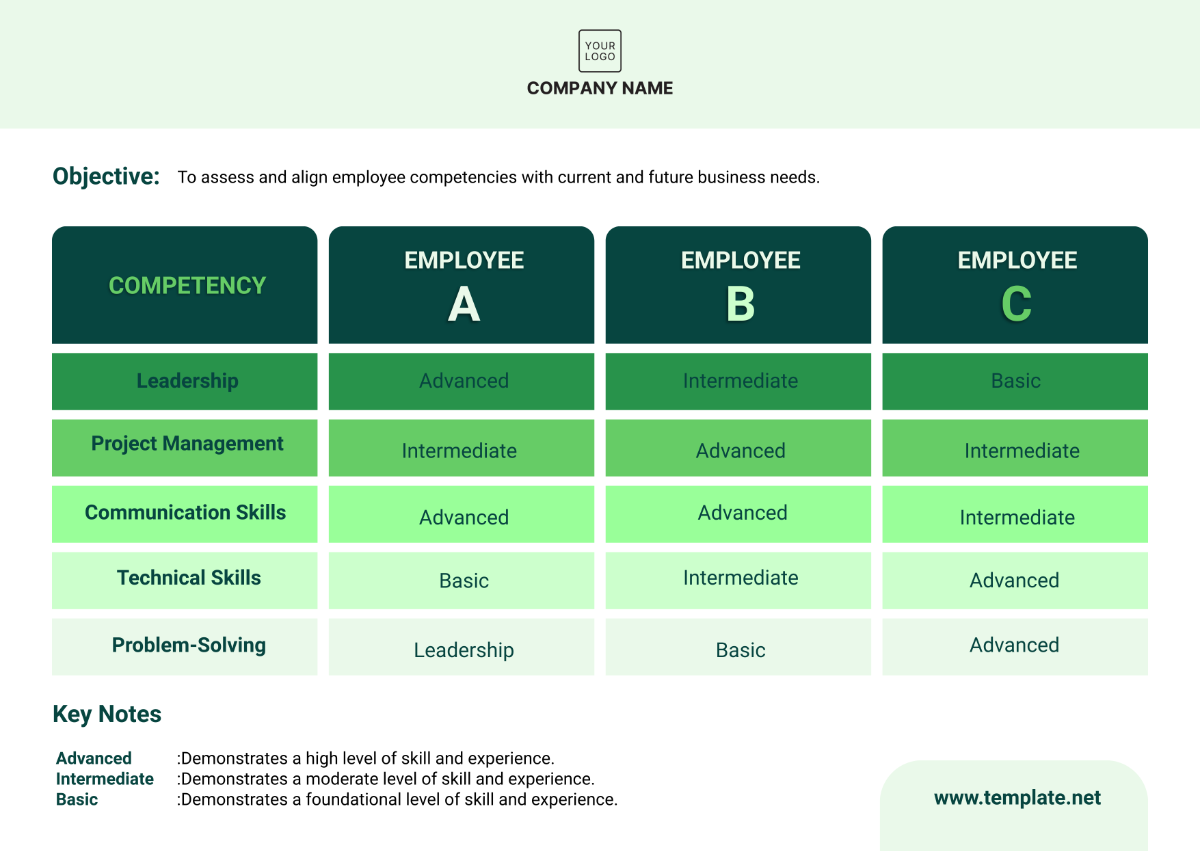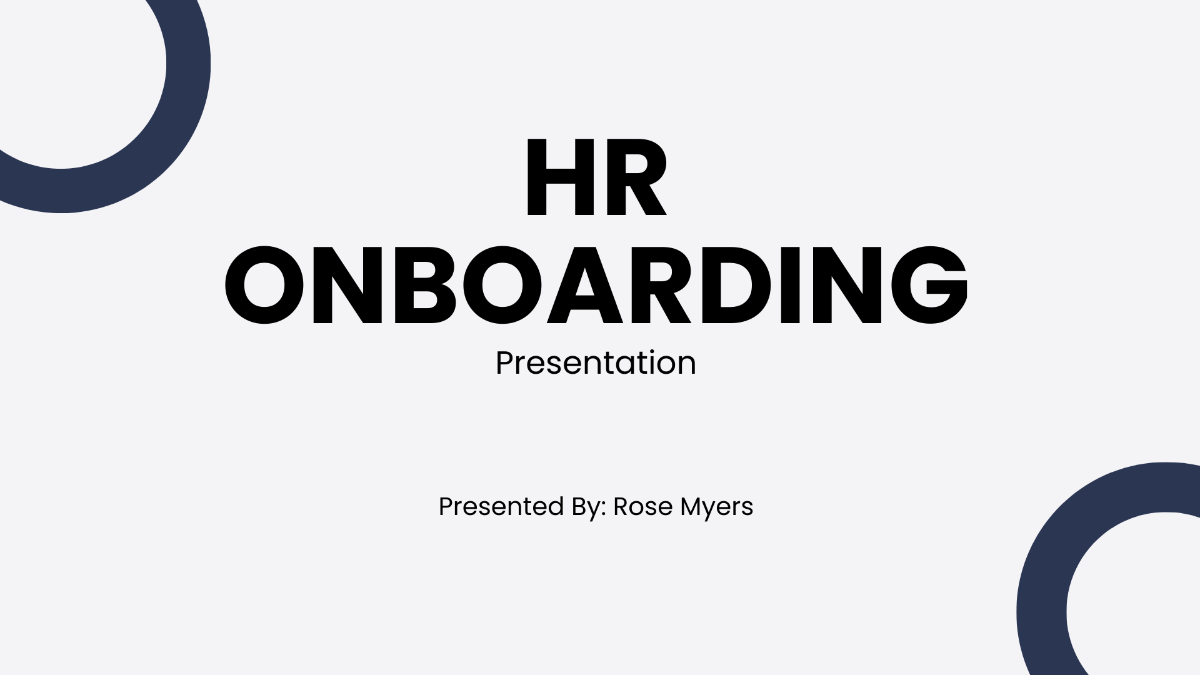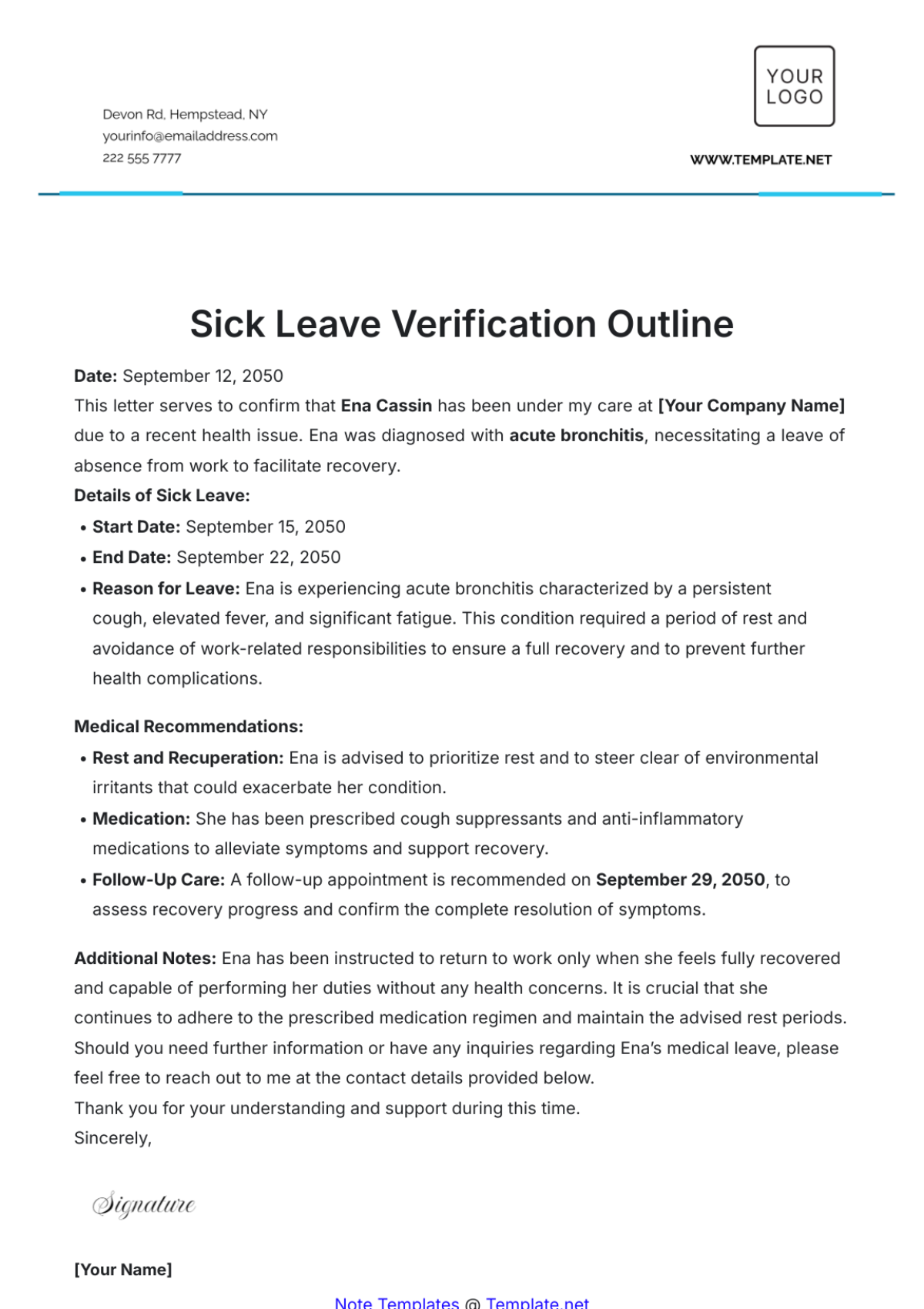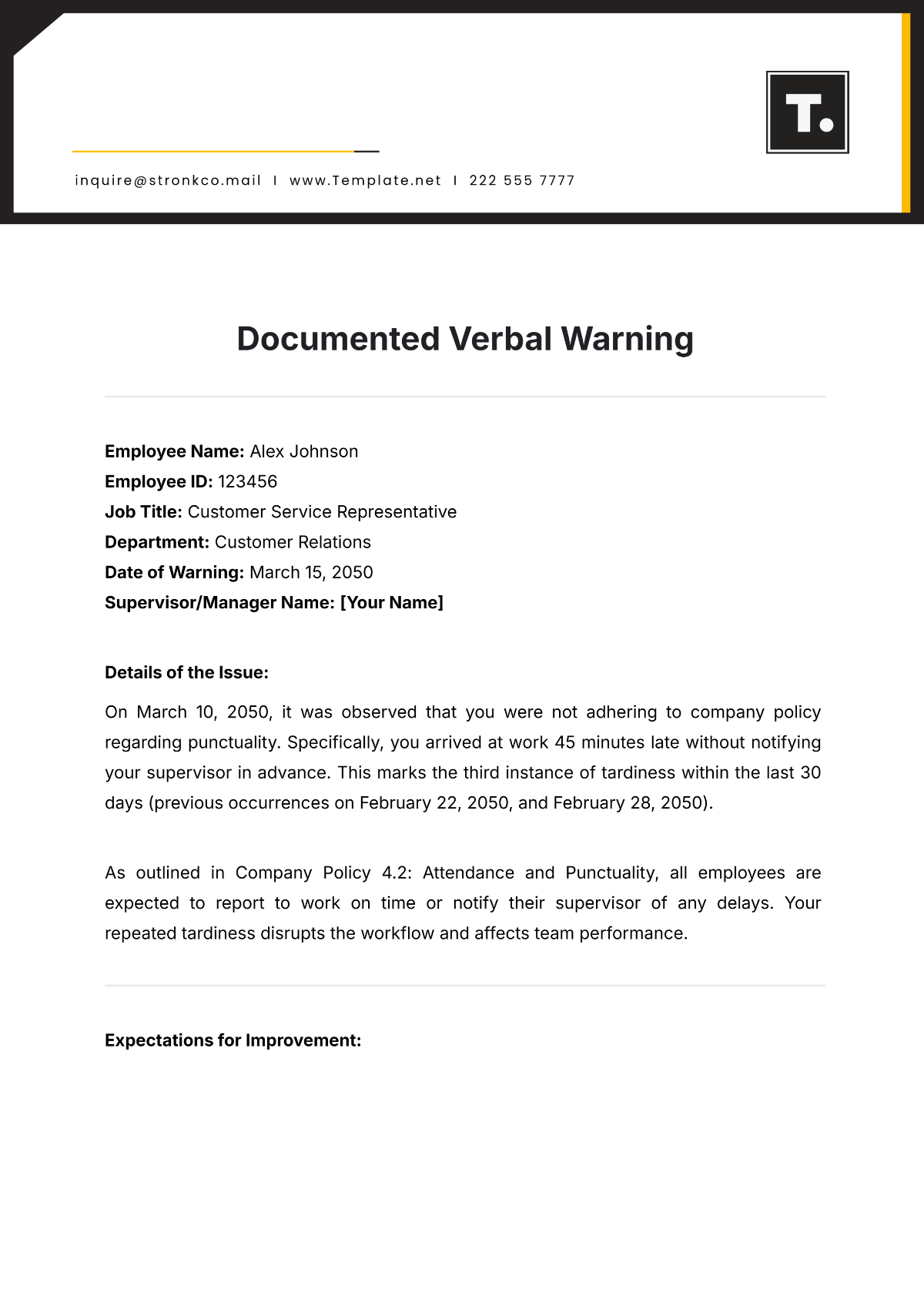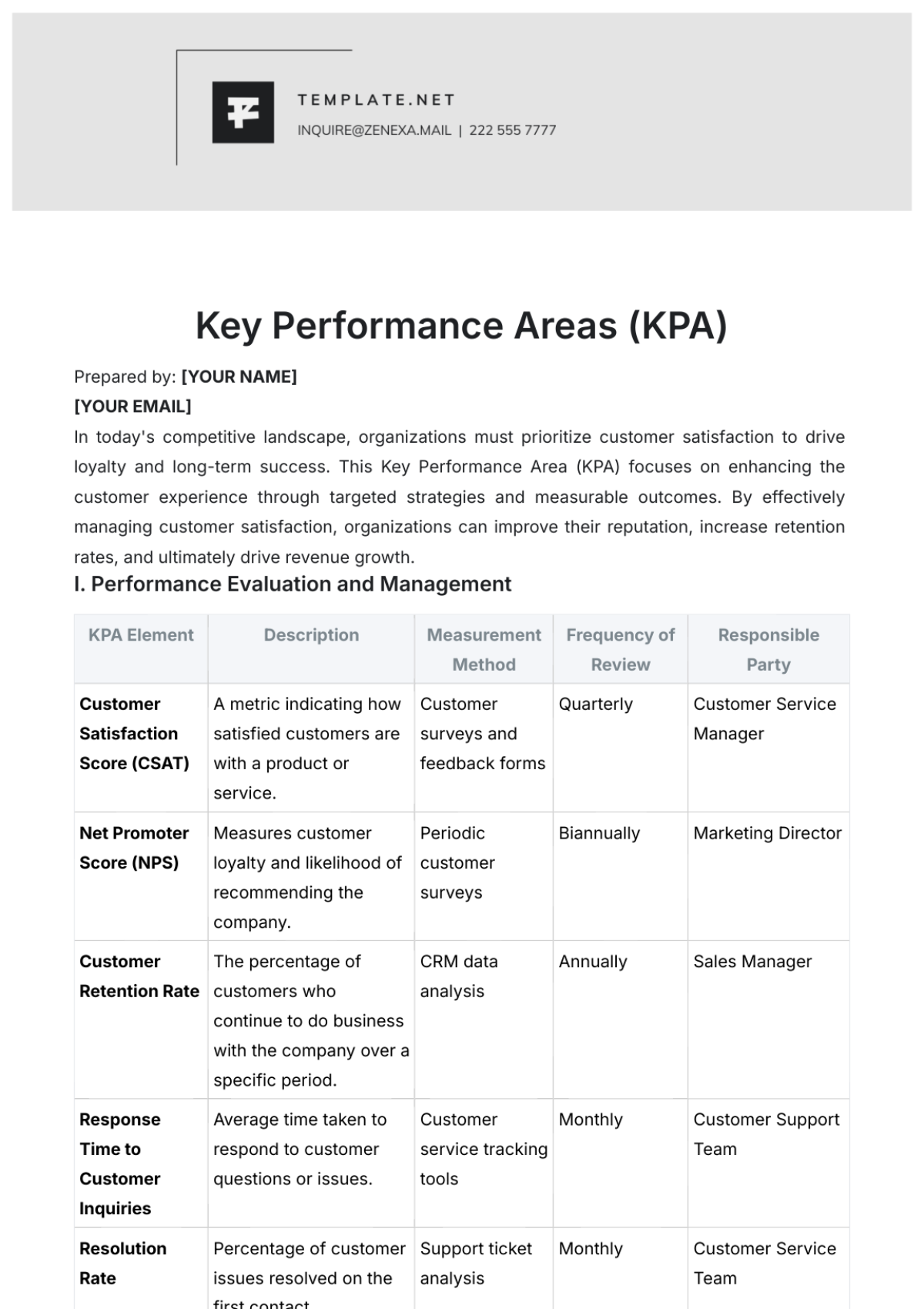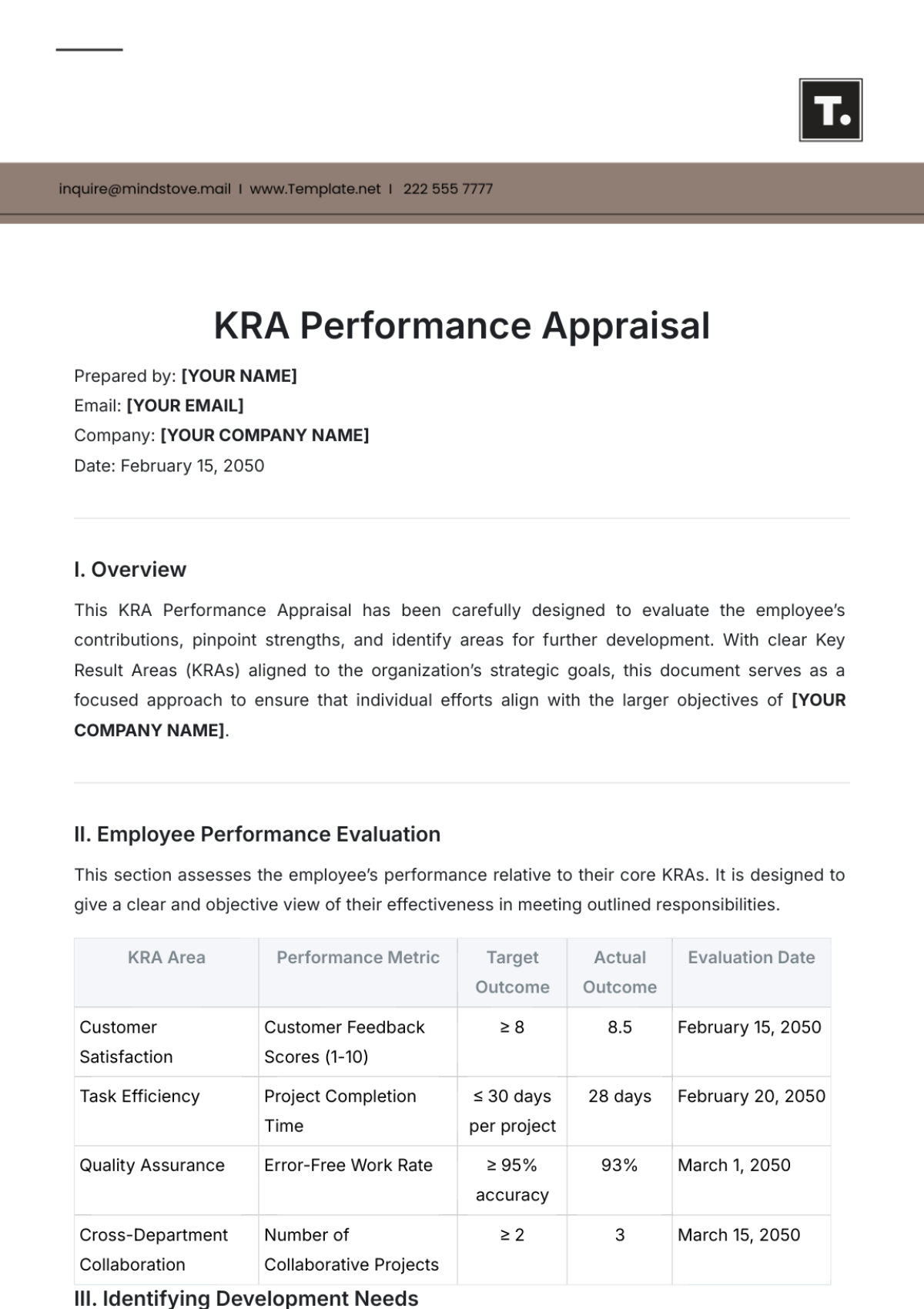Slip, Trip, and Fall Prevention Guide
I. Responsibilities
At [Your Company Name], the prevention of slips, trips, and falls is a shared commitment among all employees. Here are the specific responsibilities that each role within the organization bears:
A. Employees
Follow Safety Guidelines: Adhere to established safety protocols and guidelines at all times, ensuring personal safety and that of your colleagues.
Report Hazards: Be vigilant in identifying potential hazards such as wet floors, obstacles, or damaged walkways, and promptly report them to your supervisor or the HR department.
Utilize Personal Protective Equipment: Wear and utilize appropriate personal protective equipment as instructed, including slip-resistant footwear, to mitigate potential risks.
B. Supervisors
Ensure Safe Work Practices: Lead by example and promote safe work practices among your team members. Encourage compliance with safety guidelines and standards.
Conduct Regular Safety Inspections: Regularly inspect work areas under your supervision for potential hazards. Address and rectify identified issues promptly.
Hazard Mitigation: Take immediate action to rectify identified hazards and communicate the necessary precautions to your team.
C. HR Department
Provide Training: Organize and deliver comprehensive slip, trip, and fall prevention training during onboarding and periodically thereafter to keep employees informed and prepared.
Investigate Incidents: Conduct thorough investigations of all slip, trip, and fall incidents, analyzing root causes, and implementing corrective actions to prevent recurrence.
Maintain Records: Maintain detailed records of safety training, incident reports, and corrective actions, ensuring compliance with regulatory requirements.
D. Facilities Management
Ensure Proper Maintenance: Maintain a proactive approach to upkeep, ensuring that all work areas are well-maintained, including the structural integrity of buildings and walkways.
Address Structural Hazards: Identify and address any structural hazards, such as loose handrails or damaged flooring, promptly to prevent accidents.
II. Hazard Identification and Reporting
At [Your Company Name], we emphasize the importance of proactively identifying and reporting hazards to maintain a safe work environment. Your vigilance can prevent accidents. Here's how you can contribute:
Observation: Keep a keen eye on your surroundings. Look out for hazards such as wet floors, loose cables, damaged flooring, or any other potential risks.
Immediate Action: If you encounter a hazard, take immediate action to address it if it's safe to do so. For example, clean up a spill or place warning signs to alert others.
Reporting: If the hazard is beyond your ability to rectify or requires specialized attention, report it promptly. You can report hazards to your immediate supervisor or directly to the HR department.
Hazard Reporting Forms: To streamline the reporting process, we have hazard reporting forms available. These forms are a structured way to document and communicate potential risks. They can be obtained from your supervisor or downloaded from the company's intranet.
Anonymous Reporting: We understand that in some cases, you may wish to report a hazard anonymously. Our company values safety above all else, and anonymous reporting is encouraged to ensure everyone feels comfortable coming forward with safety concerns.
III. Slip Prevention
Prompt Cleanup: Take immediate action to clean up spills as soon as they occur. If you are unable to clean it up yourself, report it to the appropriate personnel or department immediately. A quick response can prevent accidents.
Visual Warnings: In cases where immediate cleanup isn't possible, use warning signs or cones to alert others to the presence of a slippery surface. Make sure to clearly mark the hazard area, and remove the signage once the hazard is eliminated.
Strategic Mat Placement: Utilize slip-resistant mats strategically in areas where spills or moisture are common. These mats provide an additional layer of protection and traction, reducing the risk of slipping.
Footwear Selection: Choose your footwear wisely. Opt for shoes or boots that have slip-resistant soles specifically designed to provide better grip on slippery surfaces. Regularly inspect and maintain your footwear to ensure the treads remain effective. Remember that your choice of footwear can greatly impact your safety.
IV. Trip Prevention
Keep walkways clear of obstacles and clutter:
Ensure that aisles, hallways, and common walkways are free from any obstructions, including boxes, tools, or equipment.
Implement a "clear path" policy to encourage employees to promptly remove any objects that might create tripping hazards.
Conduct regular inspections to ensure compliance with the clear path policy and address any deviations promptly.
Secure cables and cords with cable covers or tape:
Identify areas where electrical cords and cables intersect walkways and ensure they are properly secured.
Use cable covers or cable mats specifically designed to prevent tripping hazards while allowing safe passage over cables.
Train employees on the importance of cord management and provide them with the necessary tools and materials to secure cables.
Maintain even walking surfaces and repair uneven flooring promptly:
Implement a routine inspection schedule to identify and address uneven flooring, cracks, or damaged tiles.
Clearly mark any uneven surfaces with caution signs and barricades until repairs can be completed.
Report any identified issues to the facilities management team promptly, ensuring they are resolved as quickly as possible to eliminate hazards.
V. Fall Prevention
VI. Footwear Recommendations
VII. Housekeeping and Maintenance
A. Clean and Clutter-Free Work Areas
Maintain a high standard of cleanliness in all work areas. Regularly remove debris, tools, and materials that are not in use.
Implement a "clean as you go" policy to ensure that employees clean up after themselves immediately.
Encourage employees to report any messes or clutter they encounter and address them promptly.
B. Effective Lighting
Ensure that all work areas are well-lit, with adequate illumination, especially in stairwells, hallways, and areas with potential tripping hazards.
Regularly check and replace burnt-out light bulbs or fixtures to prevent dimly lit spaces.
C. Signage and Markings
Use clear signage and floor markings to highlight potential hazards or changes in elevation.
Ensure that warning signs, such as "Wet Floor" signs, are readily available and used when appropriate.
VIII. Incident Reporting
In the event of a slip, trip, or fall incident, prompt reporting is crucial to ensure that corrective actions can be taken promptly to prevent similar accidents in the future. Below is a detailed process of how to report such incidents at [Your Company Name]:
Step 1. Immediate Reporting
If you experience or witness a slip, trip, or fall incident, regardless of its severity, notify your supervisor and the HR department immediately. Your supervisor will assess the immediate safety of the situation and may provide necessary first aid or emergency assistance if required.
Step 2. Complete Incident Reports
After notifying your supervisor and HR, you will be asked to complete an incident report form. This form is designed to collect detailed information about the incident, including:
Date, time, and location of the incident.
Names and contact information of all involved parties.
A description of how the incident occurred.
Any contributing factors such as wet floors, obstructions, or equipment involved.
Information on injuries sustained, if any.
Witness statements, if available.
Ensure that you complete the incident report form accurately and provide as much detail as possible.
Step 3. Submission of Incident Report
Once you have filled out the incident report form, submit it to your supervisor and HR as soon as possible. Ensure that all sections are properly completed.
Step 4. HR Investigation
Upon receiving the incident report, the HR department will initiate an investigation promptly. This investigation will be conducted to:
Determine the root cause of the incident.
Identify any safety hazards or shortcomings in current safety procedures.
Assess the need for corrective actions to prevent future incidents.
HR may interview witnesses, review CCTV footage if available, and inspect the incident scene.
Step 5. Corrective Actions
Based on the findings of the investigation, HR will implement appropriate corrective actions. These actions may include:
Implementing additional safety measures in the area where the incident occurred.
Conducting further training or retraining for employees involved.
Updating safety protocols and procedures to prevent similar incidents.
Providing necessary medical care or assistance to the injured party.
HR will communicate these actions to all relevant parties and ensure they are carried out promptly.
Step 6. Documentation
HR will maintain records of all incident reports, investigations, and corrective actions taken for reference and future safety assessments.
Step 7. Feedback and Prevention
Employees are encouraged to provide feedback on the incident reporting and investigation process.
Lessons learned from incidents will be used to continually improve safety procedures and training.
IX. Emergency Procedures
In the unfortunate event of a fall-related injury, it is imperative to respond swiftly and effectively to minimize harm and prevent future incidents. Follow these steps:
Step 1. Prioritize Immediate Medical Assistance
Your first and foremost responsibility is to ensure the injured person receives the necessary medical attention without delay. Dial [Emergency Contact Number] or follow our designated emergency response protocol. Provide the dispatcher with precise information about the location and condition of the injured individual.
Step 2. Preserve the Scene for Investigation
While awaiting medical personnel, take measures to preserve the scene of the incident. This includes:
Encouraging witnesses to stay and provide statements.
Avoiding any alteration of the area where the incident occurred.
Identifying potential contributing factors or hazards that may have led to the fall.
Documenting the scene with photographs, if possible, to aid in the investigation.
Step 3. Thorough HR Investigation
Once the immediate medical concerns have been addressed, our HR department will conduct a comprehensive investigation to determine the root cause of the incident. This investigation will involve:
Interviewing witnesses, the injured party, and any involved employees.
Reviewing any available surveillance footage.
Analyzing the circumstances leading up to the incident.
Identifying any potential workplace hazards.
Collaborating with relevant parties to establish corrective and preventive measures.
Step 4. Implement Preventive Measures
Based on the findings of the investigation, HR will develop and implement necessary preventive measures to enhance workplace safety. These may include:
Modifying work processes or procedures.
Enhancing employee training on fall prevention.
Making physical changes to the workplace environment to eliminate hazards.
Reinforcing the importance of reporting potential hazards promptly.
By following the guidelines outlined in this Slip, Trip, and Fall Prevention Guide, we can work together to create a safer workplace for everyone at [Your Company Name]. Remember, your safety is our priority, and we appreciate your commitment to maintaining a safe work environment.
